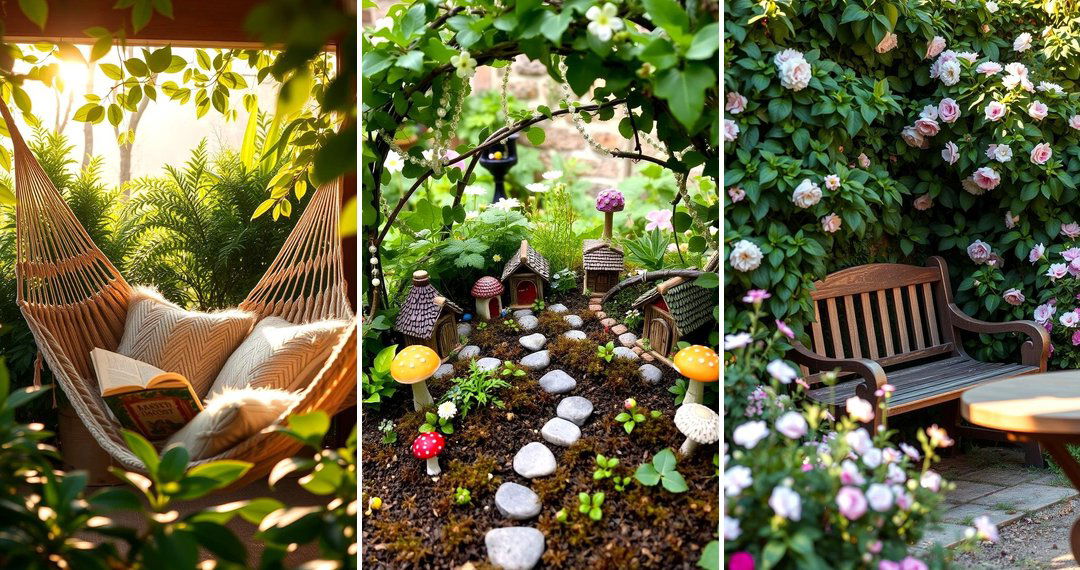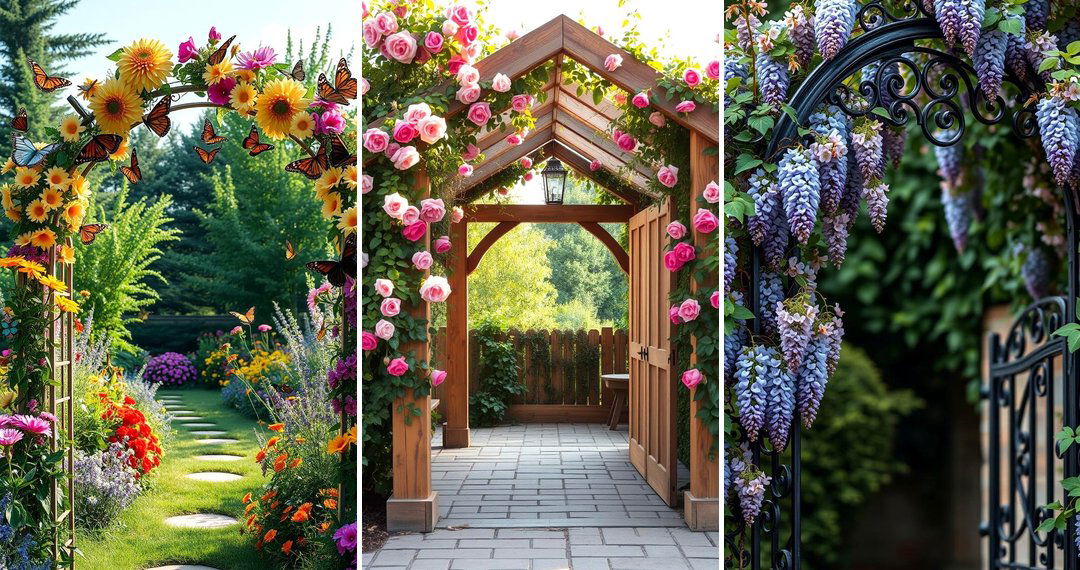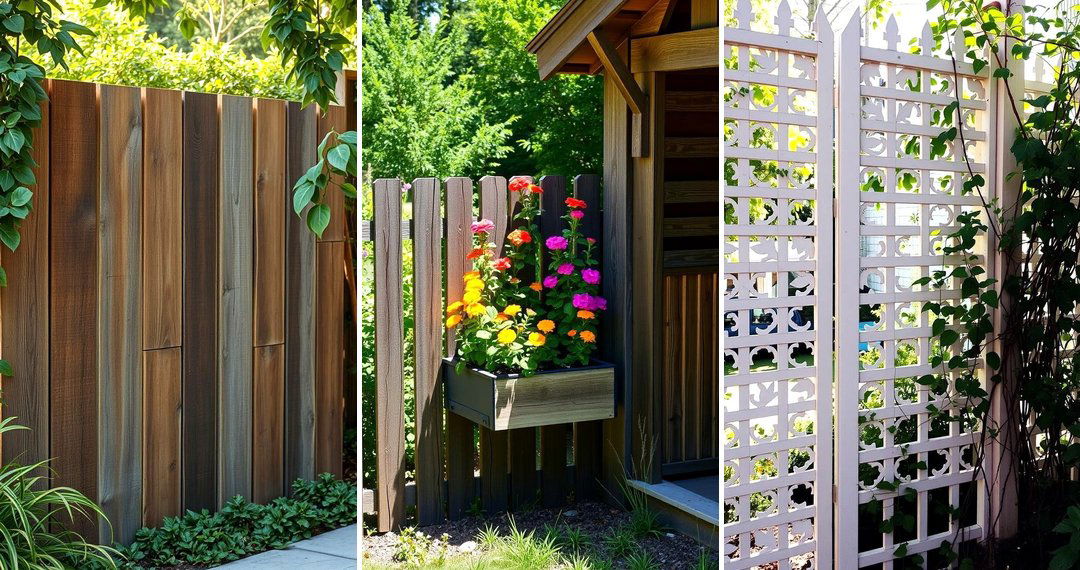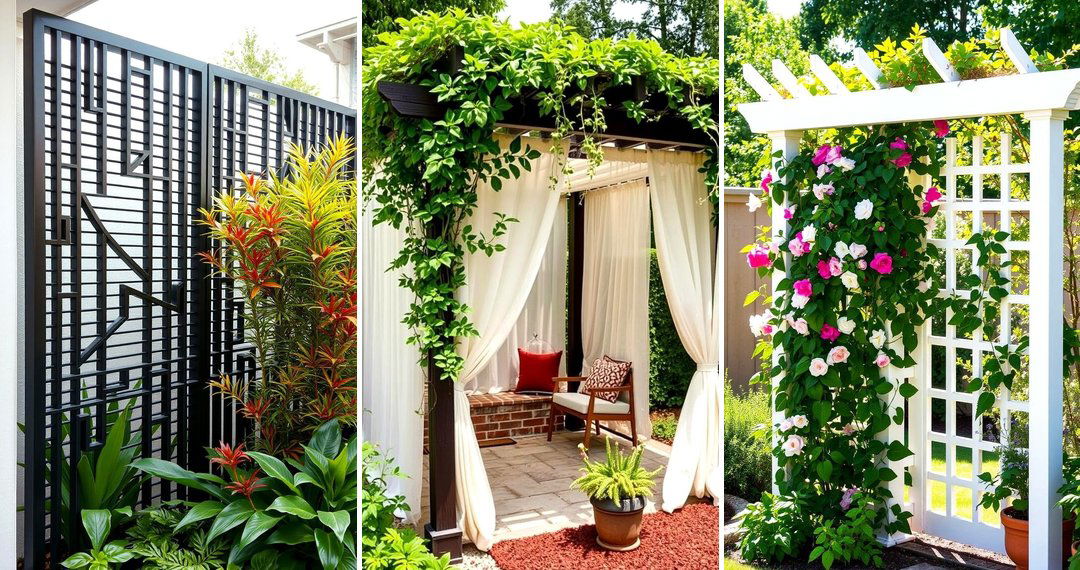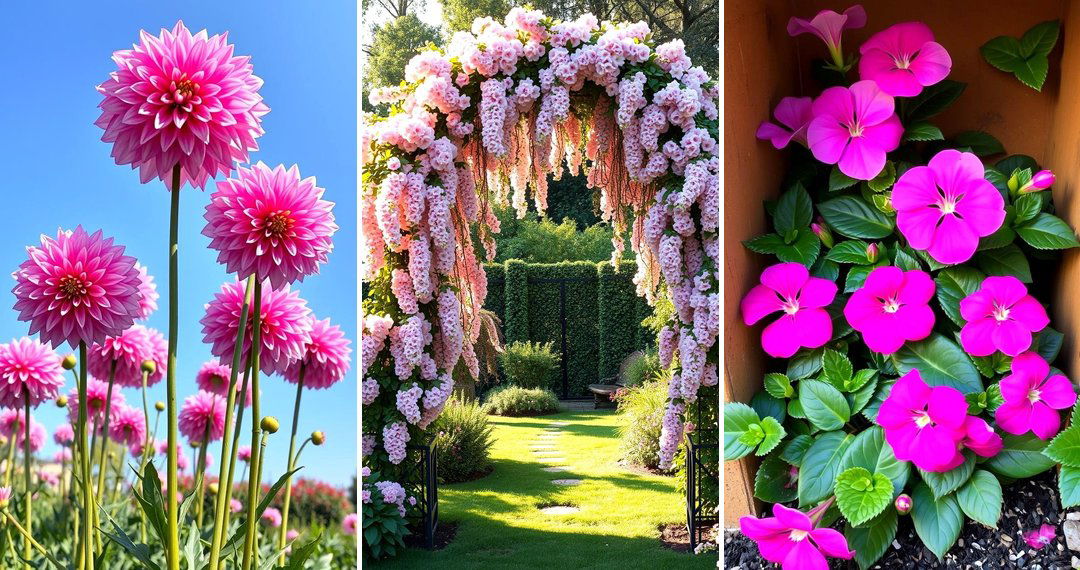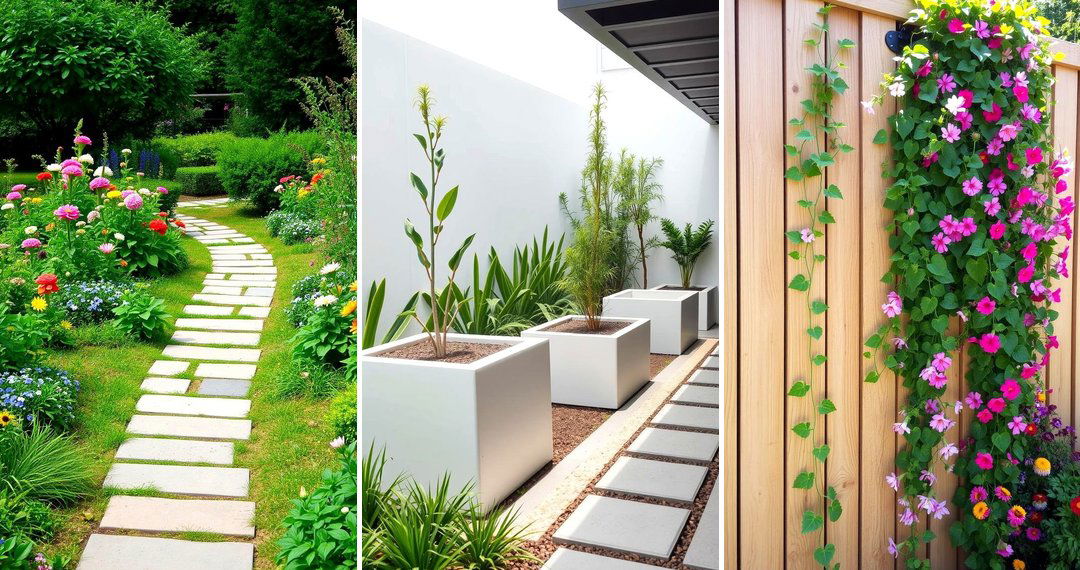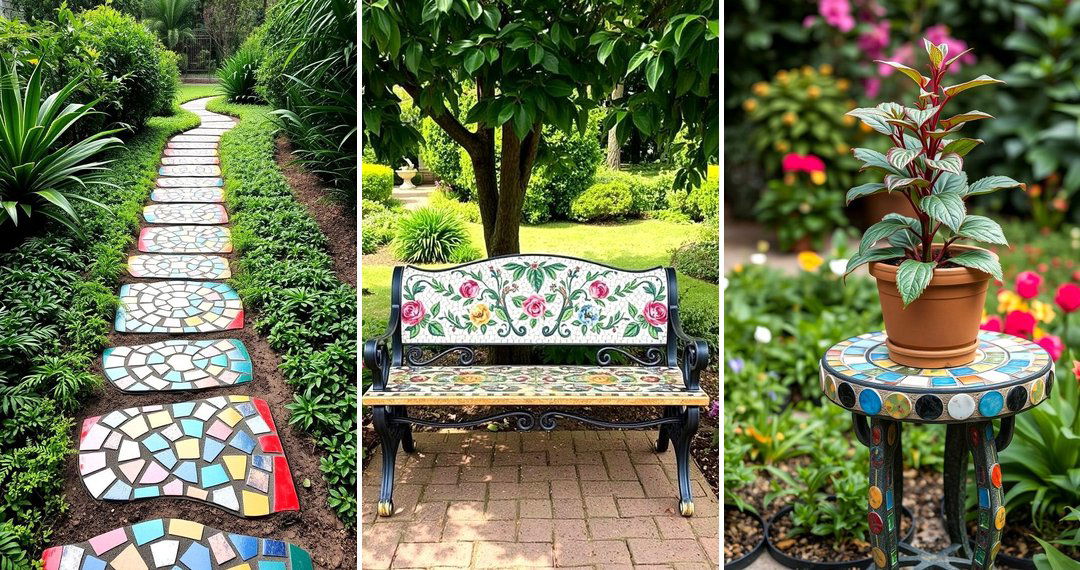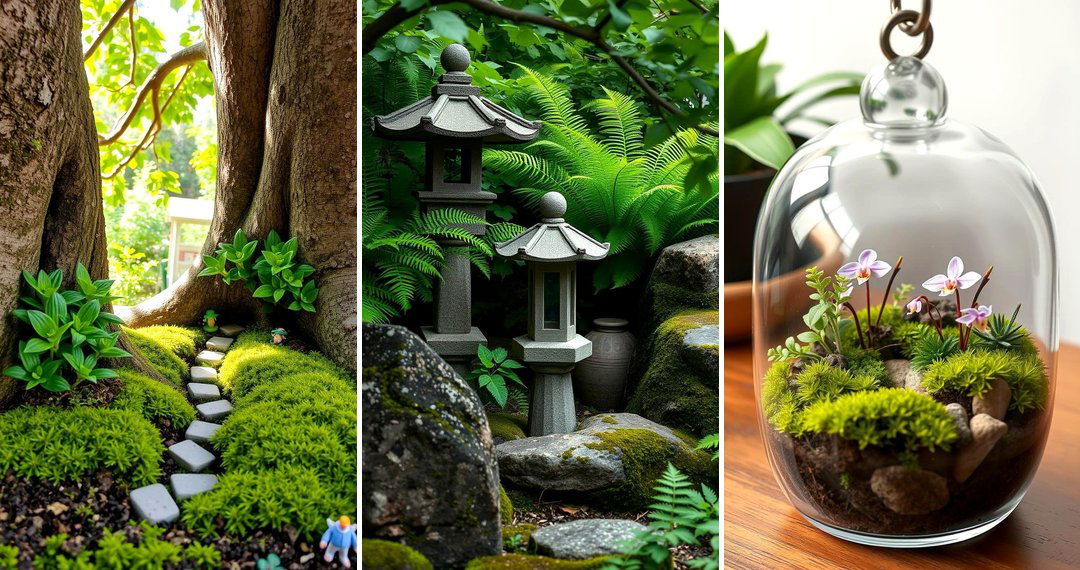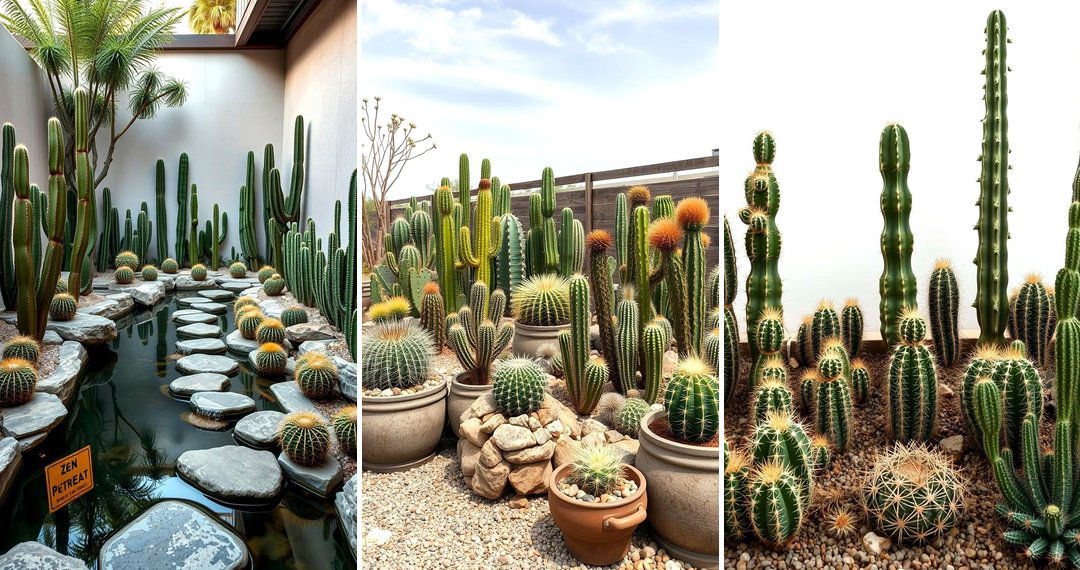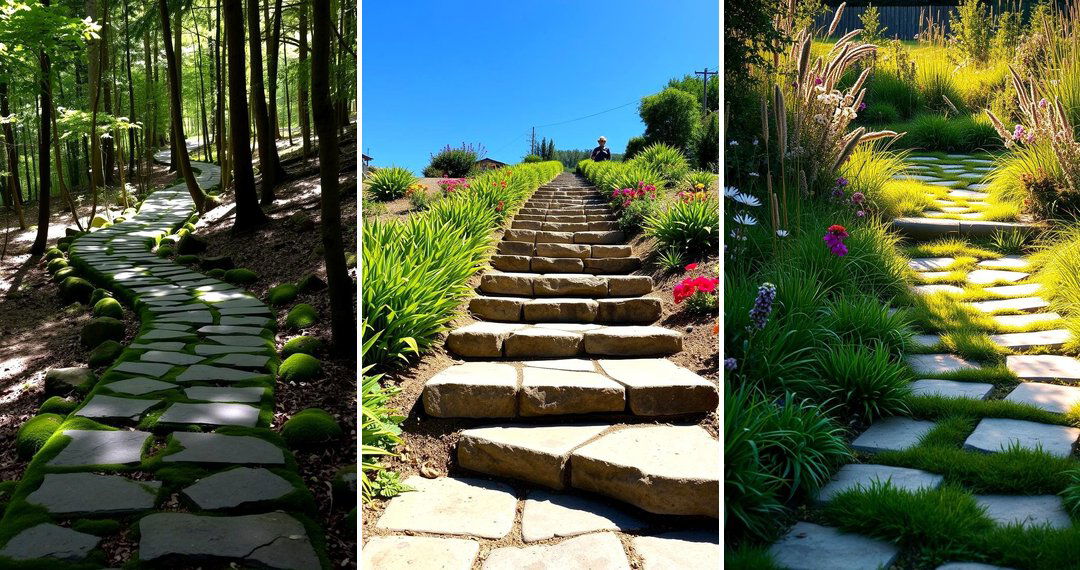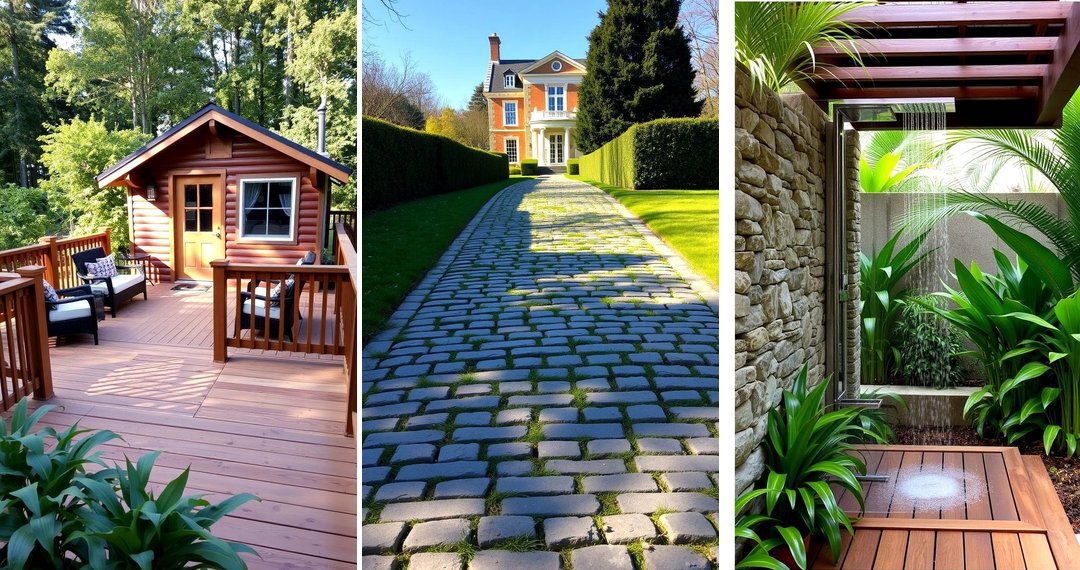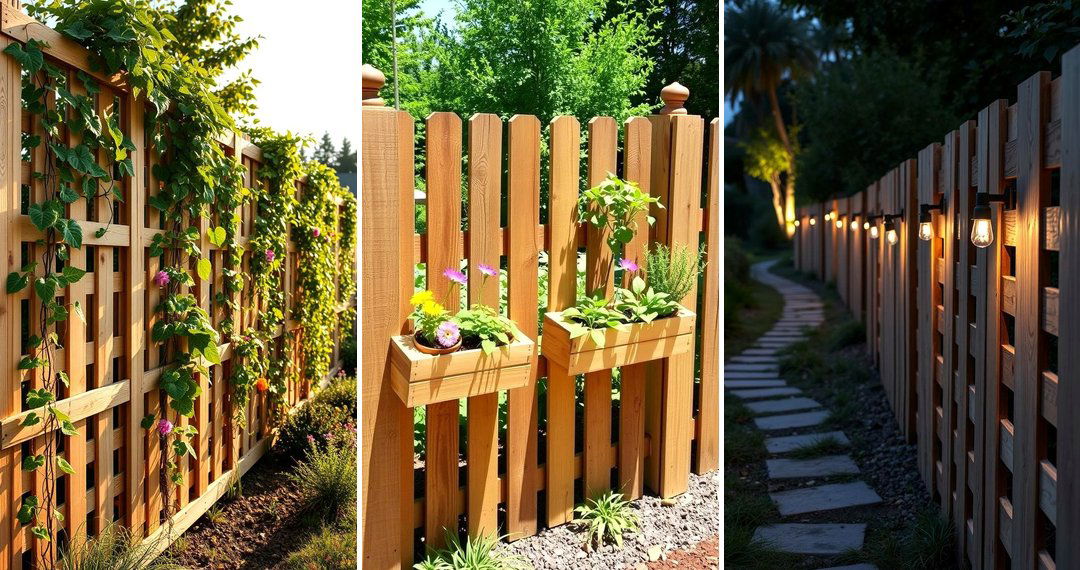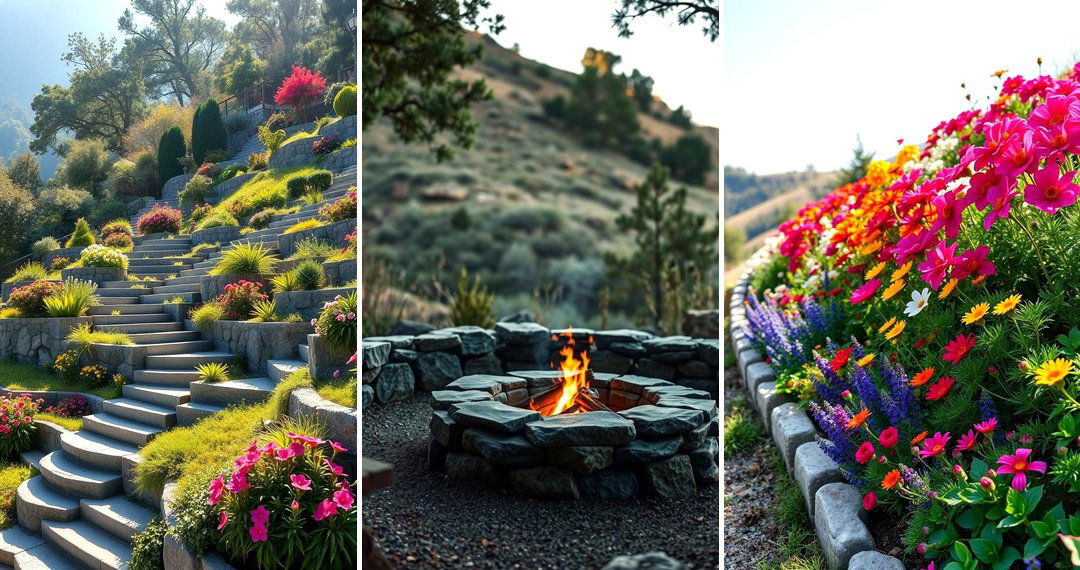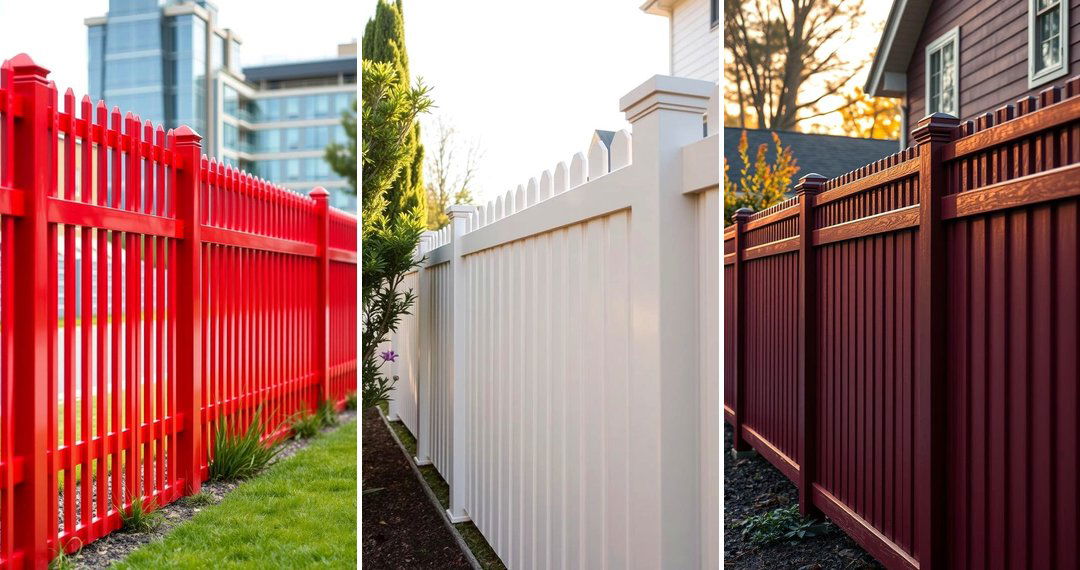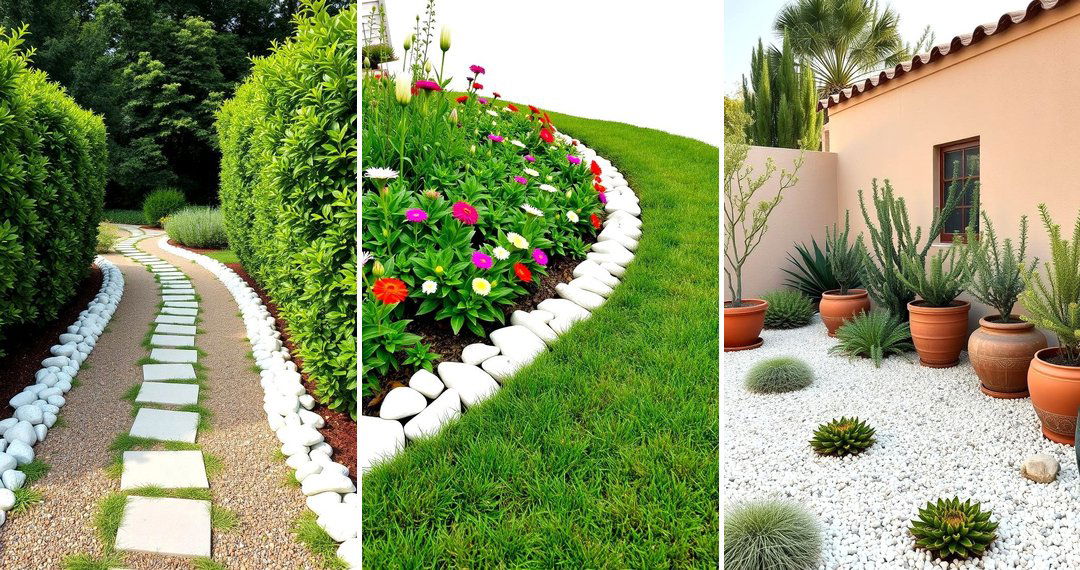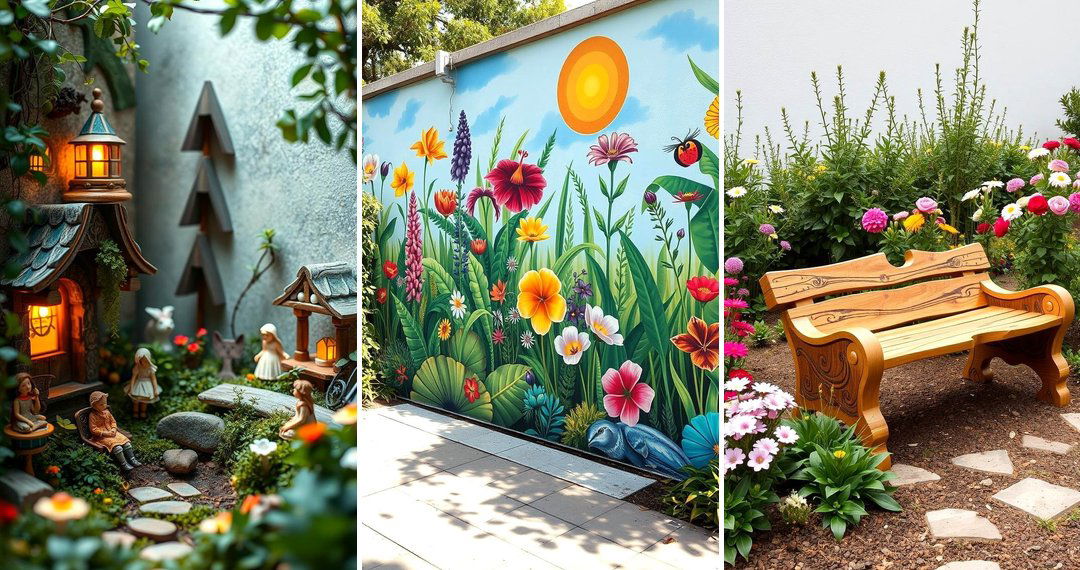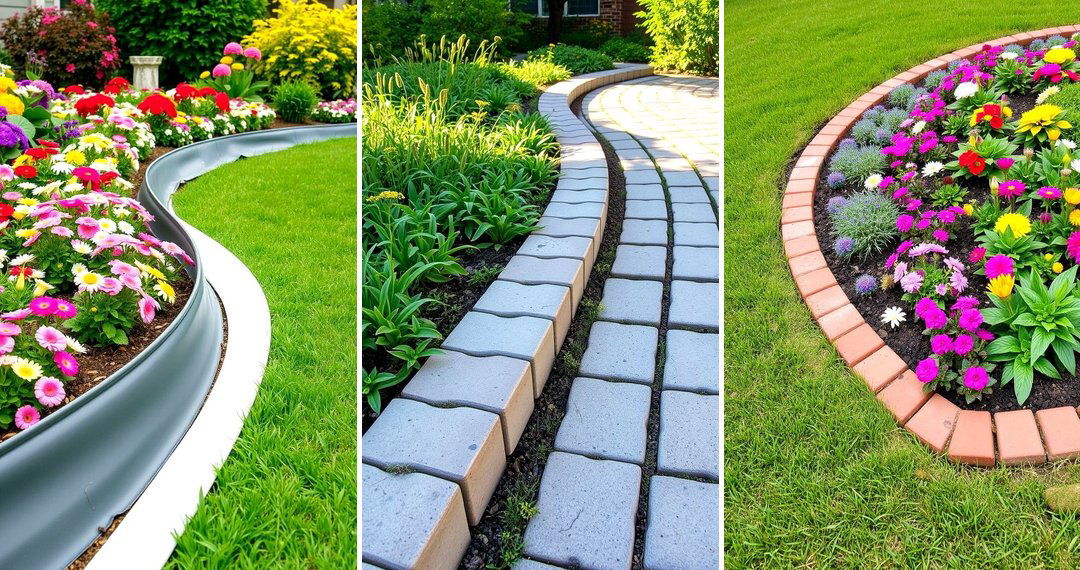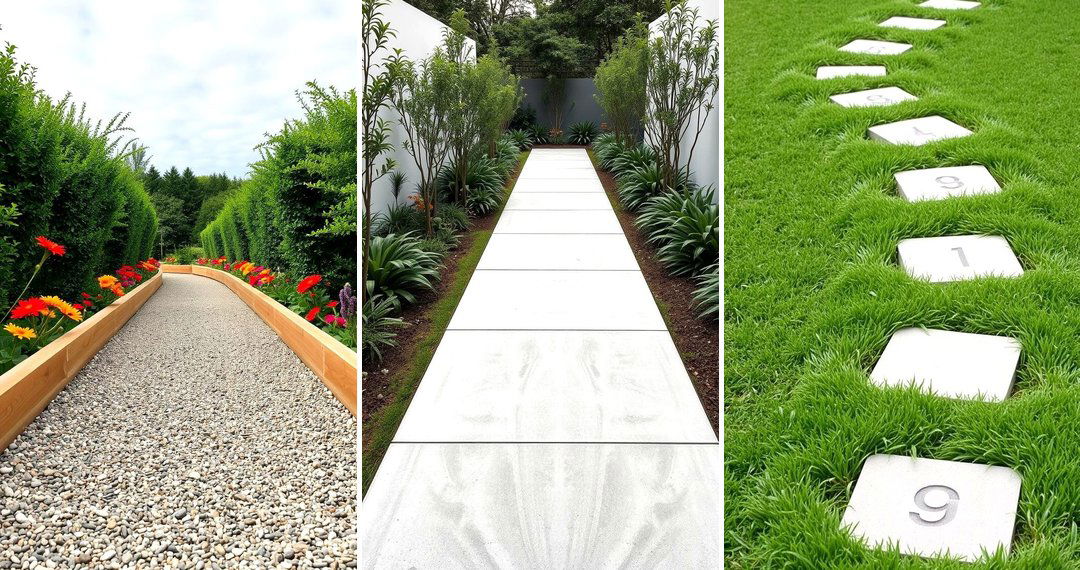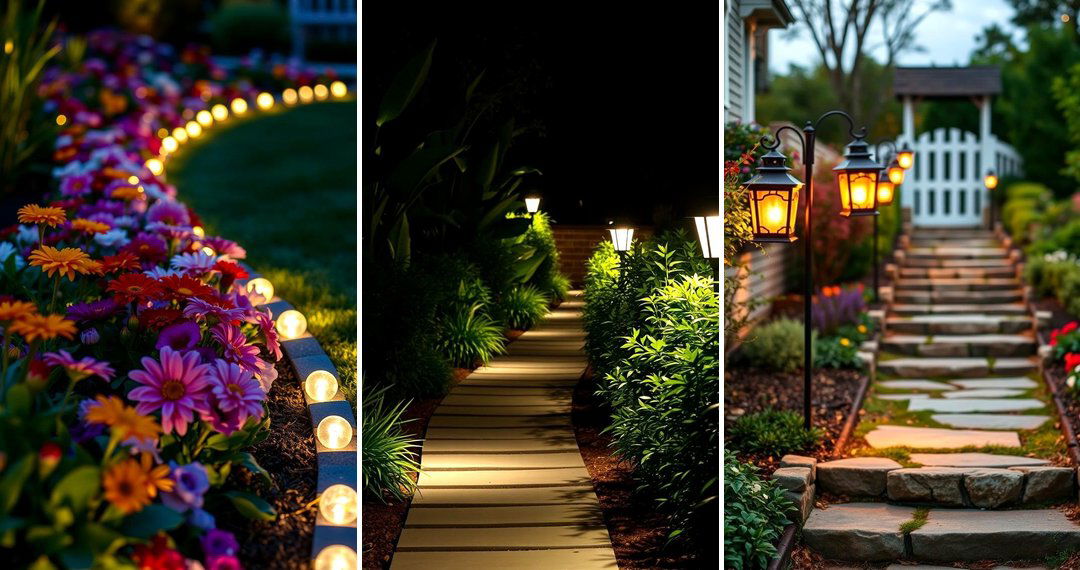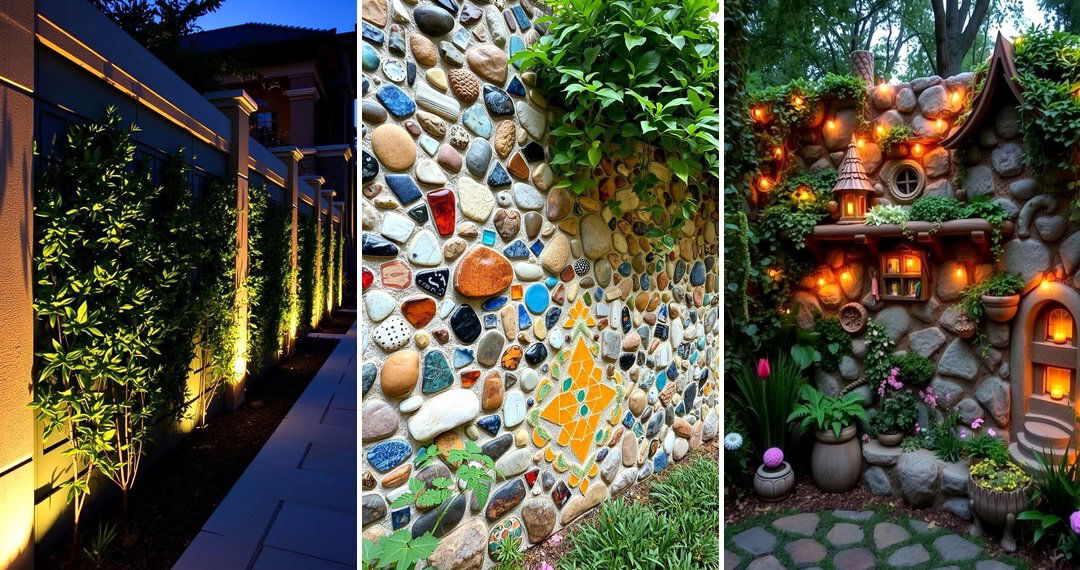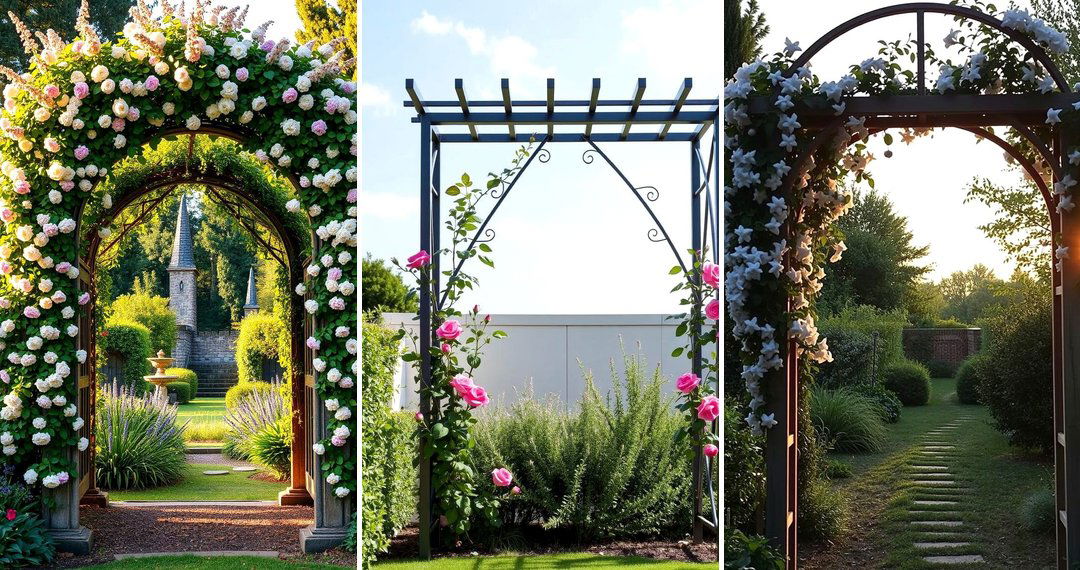Welcome to the realm where shadows dance and beauty takes a mysterious turn. Delve into the captivating world of Gothic garden design, where dramatic flair meets serene natural elements. These havens of intrigue blend historical inspiration with a touch of the darkly romantic, creating outdoor spaces that are both visually stunning and deeply evocative. Whether you are drawn to the architectural grandeur of the past or simply seek a garden with a unique and compelling atmosphere, exploring these 24 Gothic Garden Ideas will ignite your imagination and provide a wealth of inspiration for transforming your own outdoor sanctuary. Let's unearth the secrets and allure that lie within these enchanting designs.
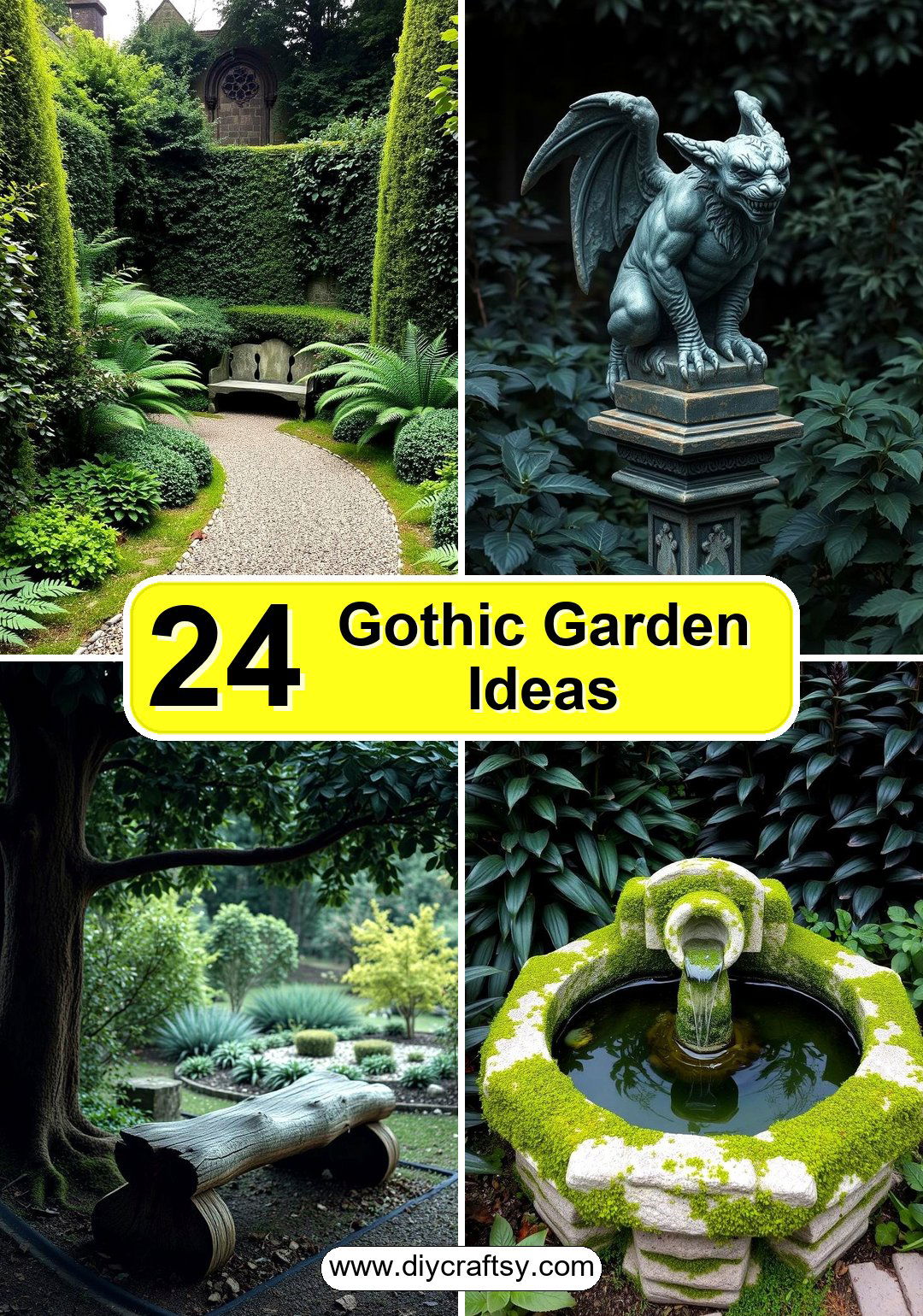
1. Embrace Dark Foliage
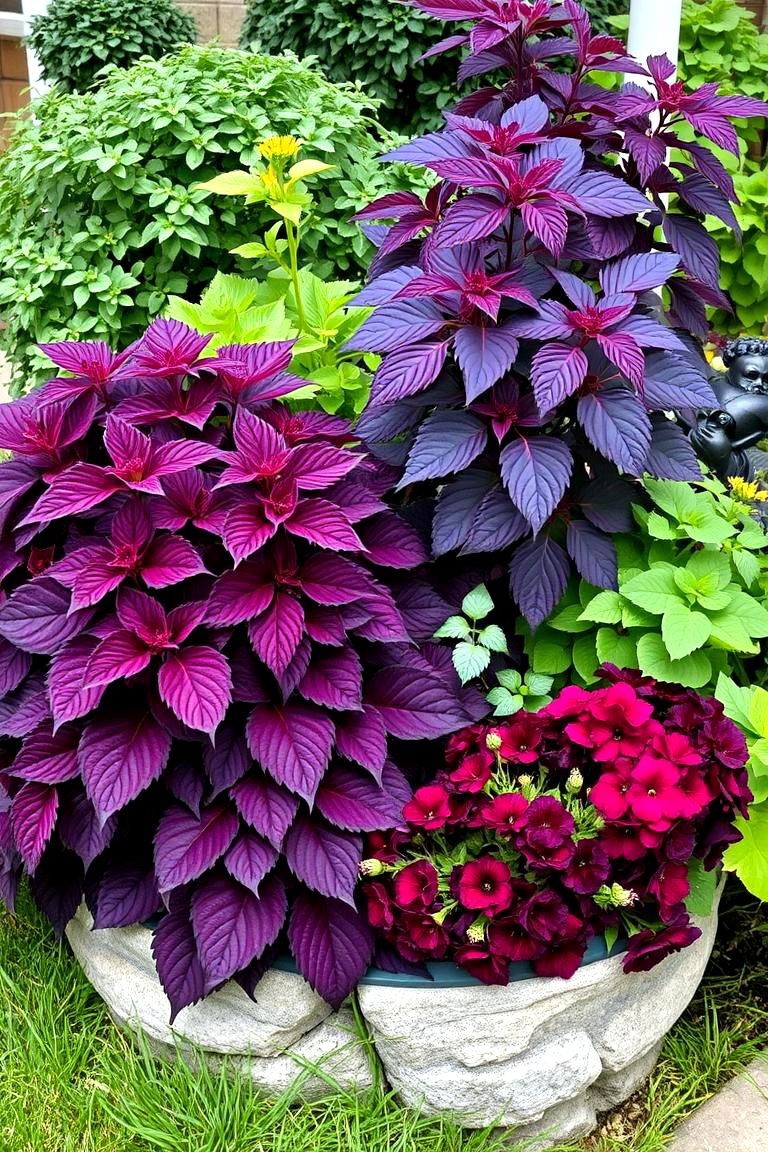
The cornerstone of a Gothic garden lies in its rich, dark color palette. Consider incorporating plants with deep purple, burgundy, or even near-black leaves. These shades evoke a sense of mystery and sophistication, providing a dramatic backdrop for lighter-colored blooms or architectural features. The visual impact of dark foliage is substantial, instantly lending a moody and elegant feel to the space. Furthermore, many dark-leaved plants are quite resilient and offer extended seasonal interest, ensuring your garden maintains its Gothic charm throughout the year.
2. Introduce Stone Elements
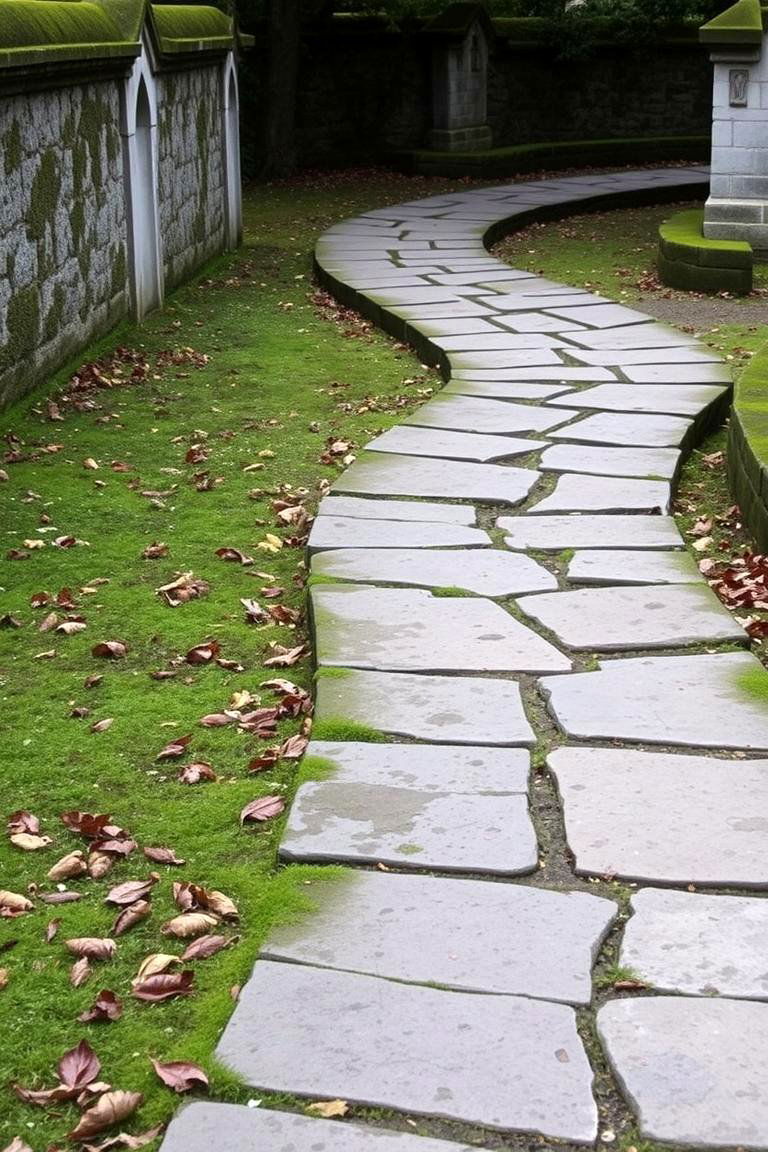
With their timeless appeal and weighty presence, stone features are integral to a Gothic aesthetic. Think about adding weathered stone pathways, perhaps slightly uneven, to create a sense of history and intrigue. Ornate stone benches offer a place for contemplation amidst the garden's beauty. Moreover, consider incorporating stone edging for flower beds or even a small stone wall to define different areas within the garden, adding both structure and visual interest. The natural texture and cool tones of stone perfectly complement the darker plant life.
3. Feature Wrought Iron Accents
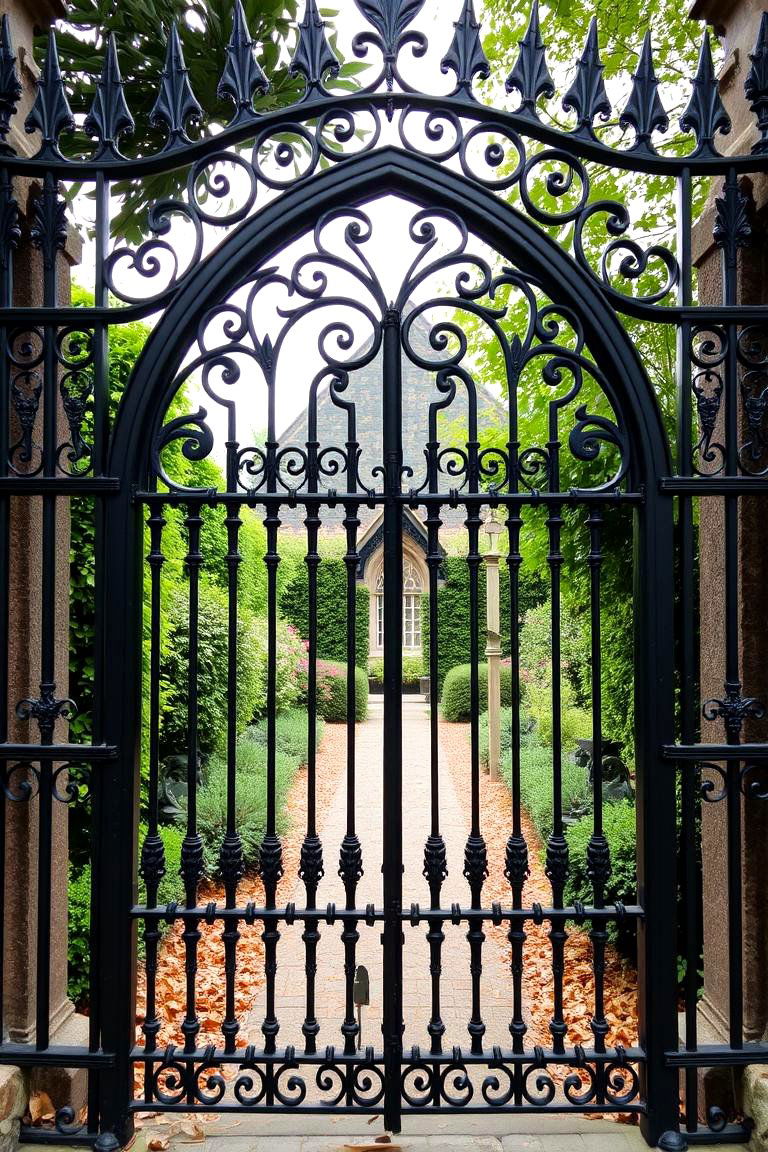
For a touch of classic Gothic elegance, integrate wrought iron elements into your garden design. A beautifully crafted wrought iron gate can serve as a striking entrance, setting the tone for the entire space. Consider adding wrought iron trellises to support climbing plants like dark red roses or ivy. Additionally, wrought iron benches or even decorative fencing can enhance the garden's character, providing both functional and ornamental value while echoing the architectural styles of the Gothic era.
4. Incorporate Pointed Arch Motifs
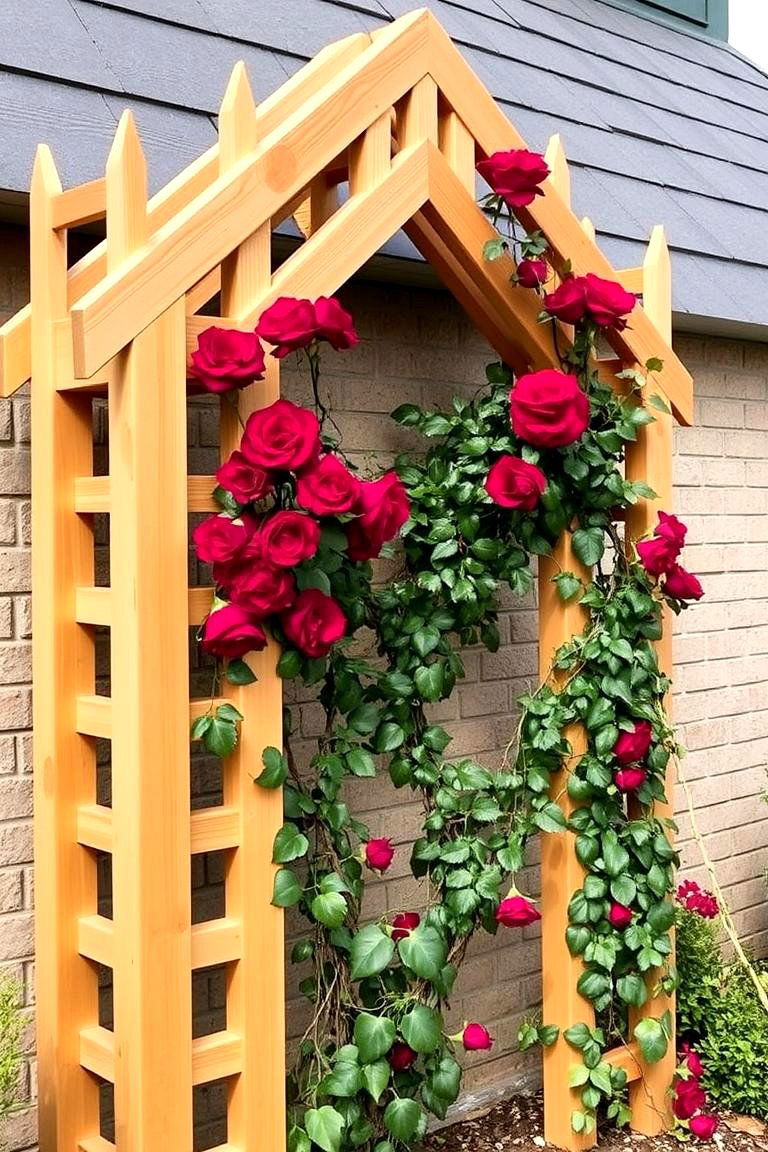
One of the most recognizable features of Gothic architecture is the pointed arch. You can subtly weave this motif into your garden design through various elements. For instance, a custom-built trellis or arbor featuring pointed arches can create a dramatic focal point. Even smaller details, such as pointed finials on fence posts or decorative plant supports, can contribute to the overall Gothic ambiance, adding a touch of architectural authenticity to your outdoor space.
5. Establish a Sense of Enclosure
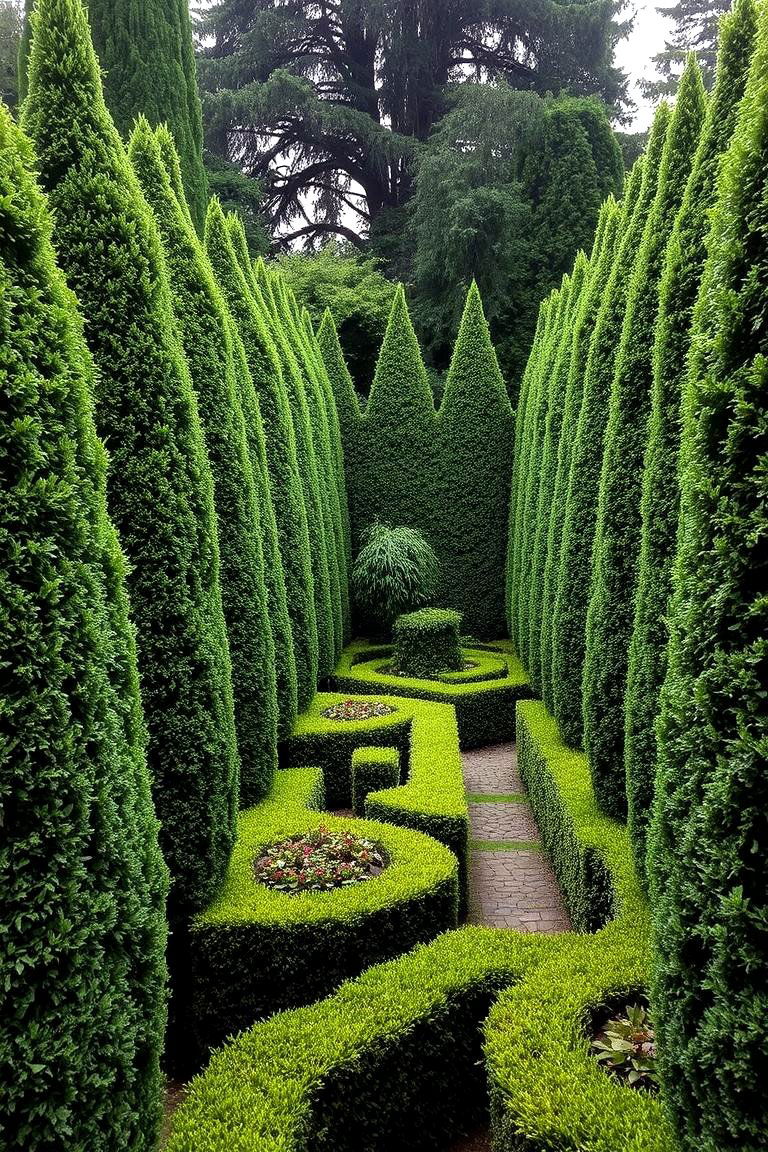
To truly capture the intimate and somewhat secluded feel of a Gothic garden, consider creating a sense of enclosure. This can be achieved through the strategic placement of tall hedges, dense plantings, or even a combination of fencing and climbing vines. An enclosed space fosters a feeling of privacy and encourages a more contemplative experience within the garden. Moreover, it helps to define the garden's boundaries and create distinct areas for different purposes or plant collections.
6. Cultivate Climbing Vines
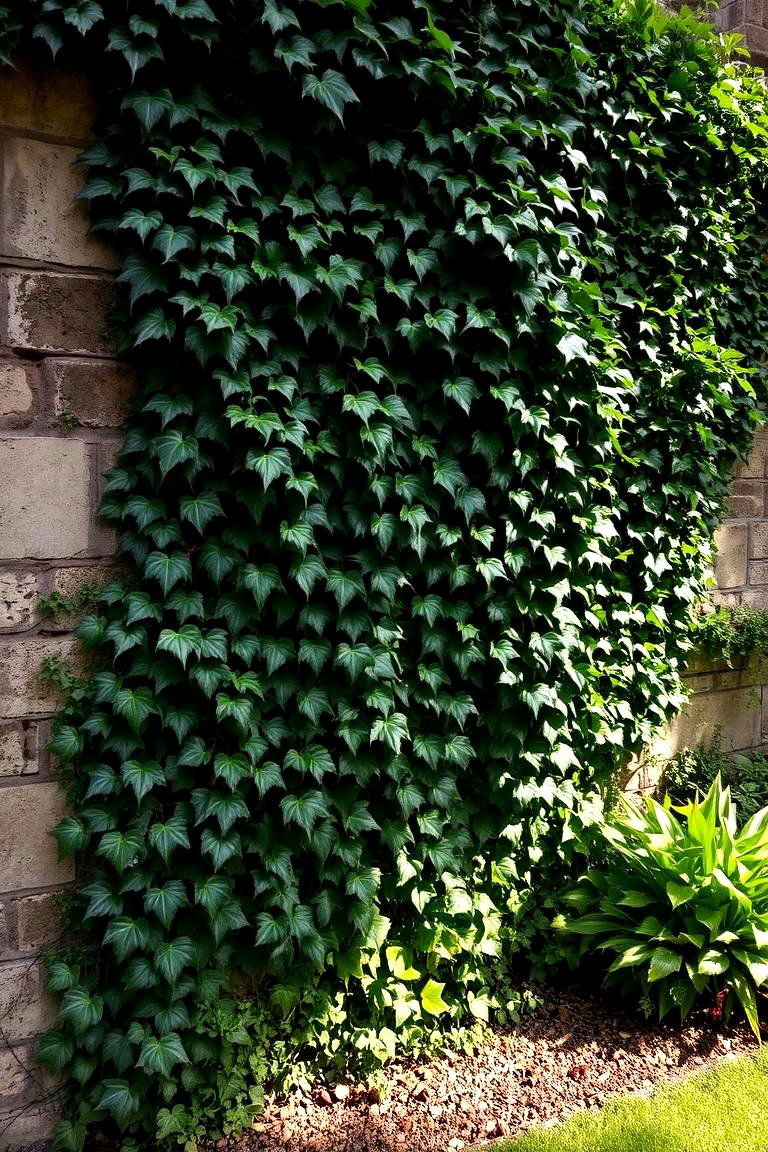
Bringing a sense of wildness and age to the garden, climbing vines are essential for a Gothic look. Ivy, with its dark green leaves, is a classic choice that can gracefully cover walls, trellises, and even statues. Dark red or purple clematis offers beautiful blooms that contrast strikingly against darker foliage. Furthermore, consider incorporating climbing roses in deep shades to add a touch of romanticism and fragrance. Vines help to soften hard edges and create a more established, almost ancient feel.
7. Integrate Gothic-Inspired Statuary
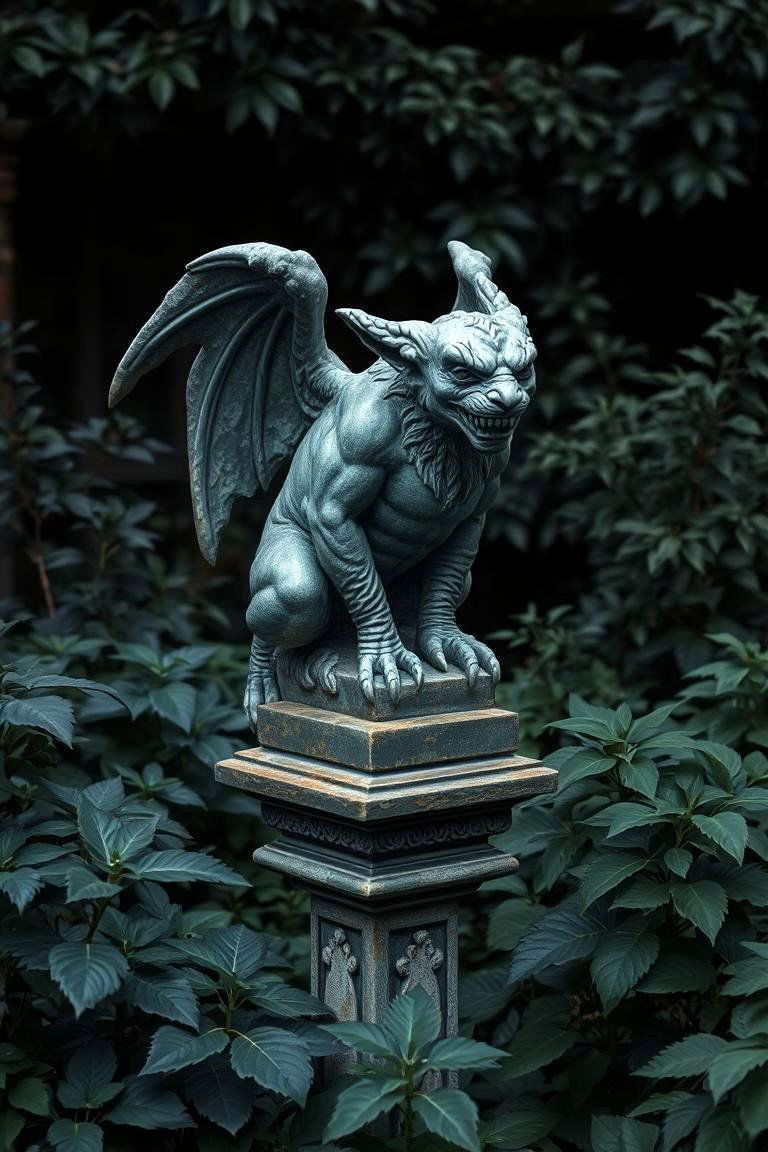
Adding carefully selected statuary can significantly enhance the Gothic character of your garden. Consider pieces with a slightly weathered or antique appearance, such as gargoyles, religious figures, or even classical busts with a melancholic air. The placement of these statues can create focal points and add layers of narrative and visual interest to the garden. Choose pieces that resonate with the overall mood you wish to evoke, ensuring they complement the surrounding plant life and architectural elements.
8. Design a Secret Garden Area
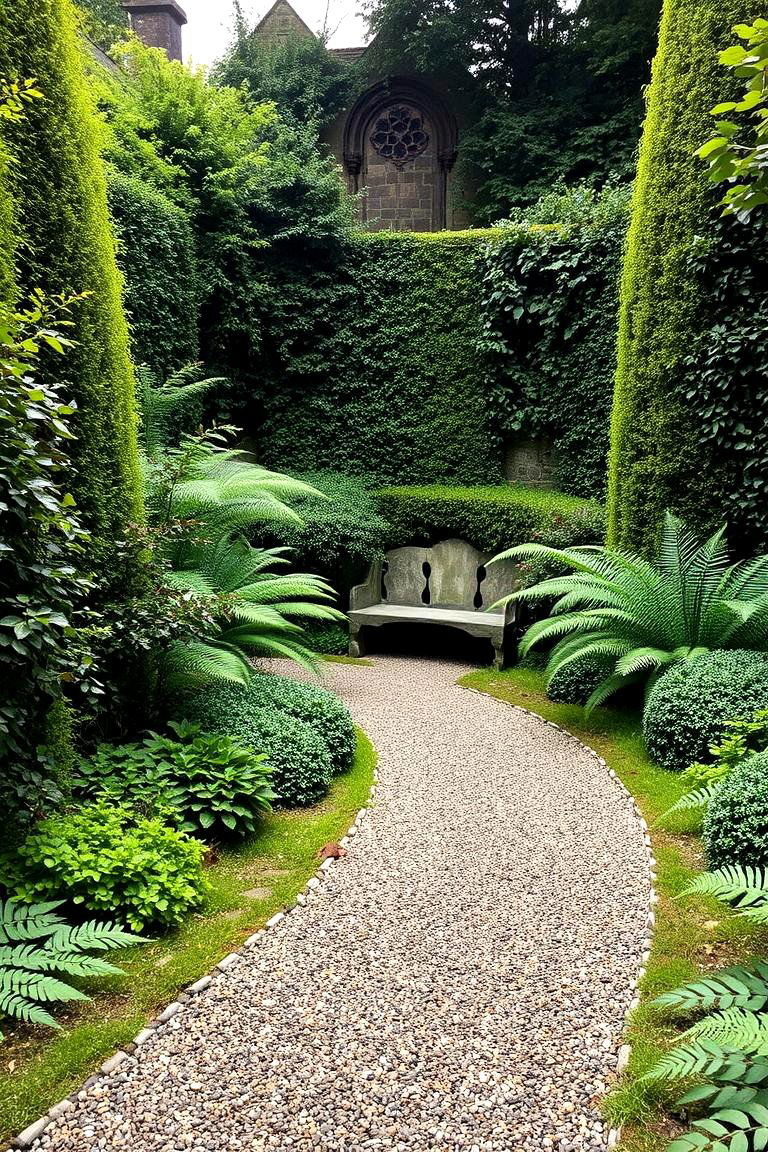
What could be more evocative of Gothic literature than a hidden, secret garden? Consider dedicating a secluded corner of your property to create a more intimate and mysterious space. This could involve a winding path leading to a hidden bench surrounded by lush, overgrown plants. The element of discovery and the feeling of being tucked away in a private sanctuary are key to capturing the allure of a secret Gothic garden.
9. Feature a Water Element
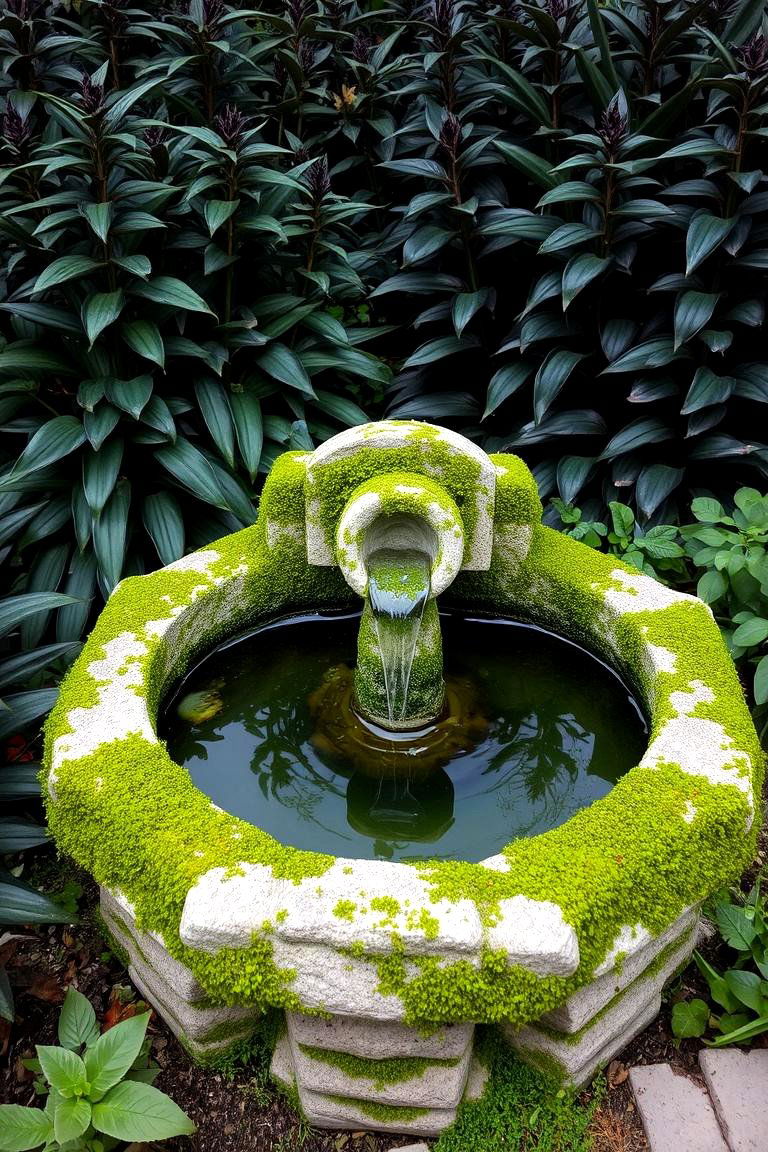
The gentle sound and reflective surface of water can add a serene yet slightly melancholic touch to a Gothic garden. A small, perhaps slightly moss-covered, stone fountain can serve as a captivating focal point. Alternatively, a still pond surrounded by dark foliage can create a sense of mystery and depth. Water features also attract wildlife, adding another layer of natural beauty to your Gothic sanctuary.
10. Incorporate Architectural Salvage
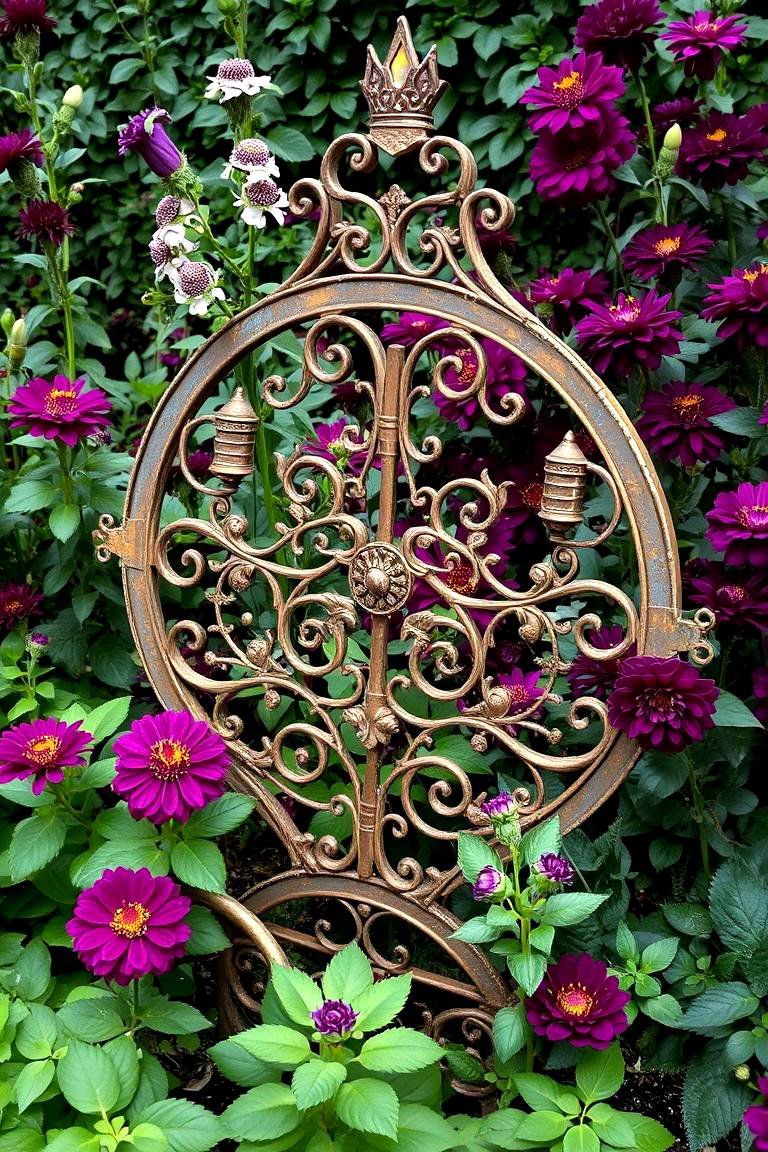
For a truly authentic and unique Gothic feel, consider incorporating pieces of architectural salvage into your garden design. This could include old stone corbels, sections of decorative ironwork, or even reclaimed stained glass panels used as unique garden art. These elements not only add historical character but also create interesting talking points and a sense of connection to the past.
11. Plant Dramatic Blooms
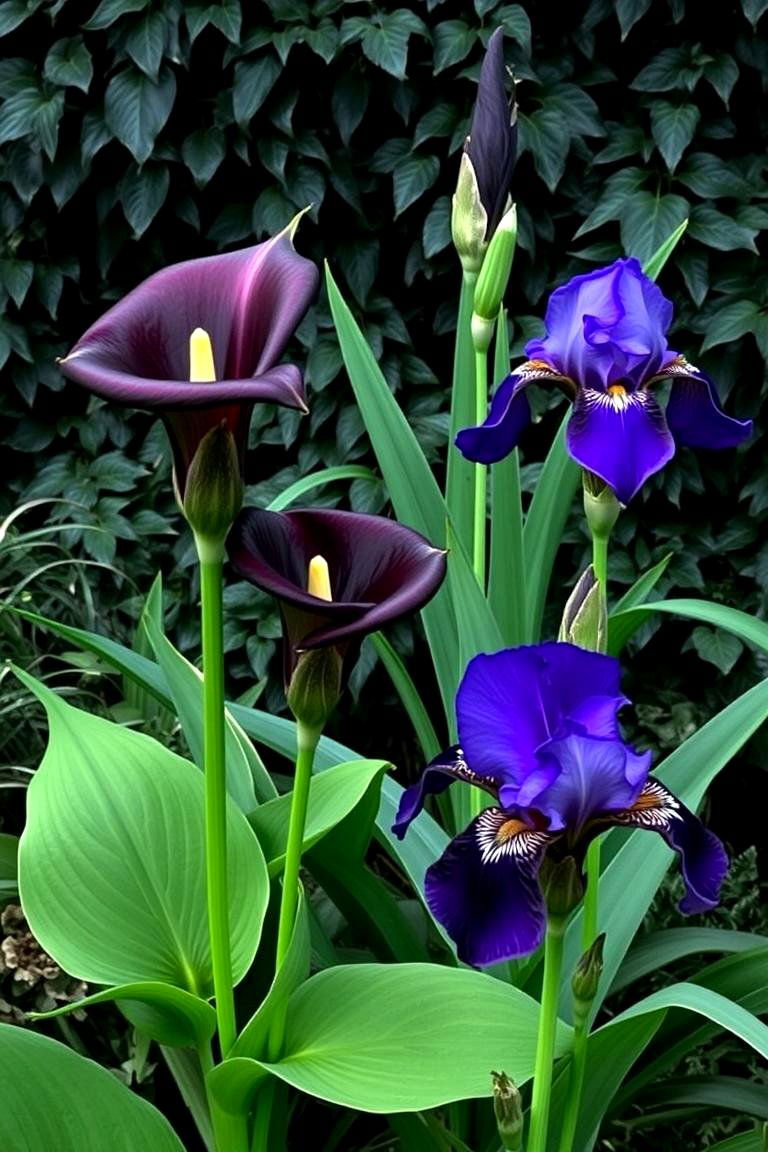
While dark foliage sets the stage, dramatic blooms in shades of deep red, purple, and even black can add striking accents to a Gothic garden. Consider varieties like dark calla lilies, deep purple petunias, or even black baccara roses. These intensely colored flowers create a sense of drama and contrast beautifully against the darker backdrop of the garden, enhancing its overall visual impact.
12. Utilize Vertical Gardening
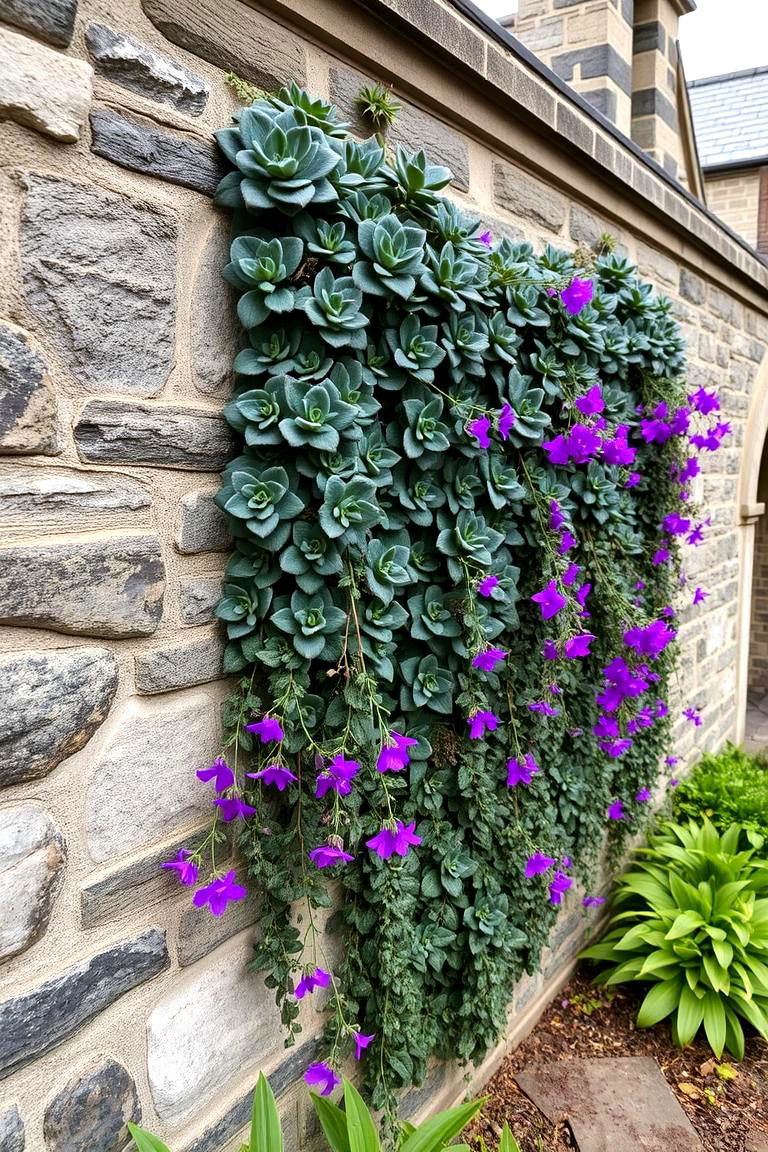
To maximize space and add visual interest, explore vertical gardening techniques. Wall-mounted planters or tiered plant stands can showcase trailing dark-leaved plants or vibrant blooms. A living wall covered in ivy or other climbing plants can create a dramatic backdrop and further enhance the sense of enclosure within the garden. Vertical gardening also allows you to incorporate a wider variety of plants, even in smaller spaces.
13. Create Shadow Play
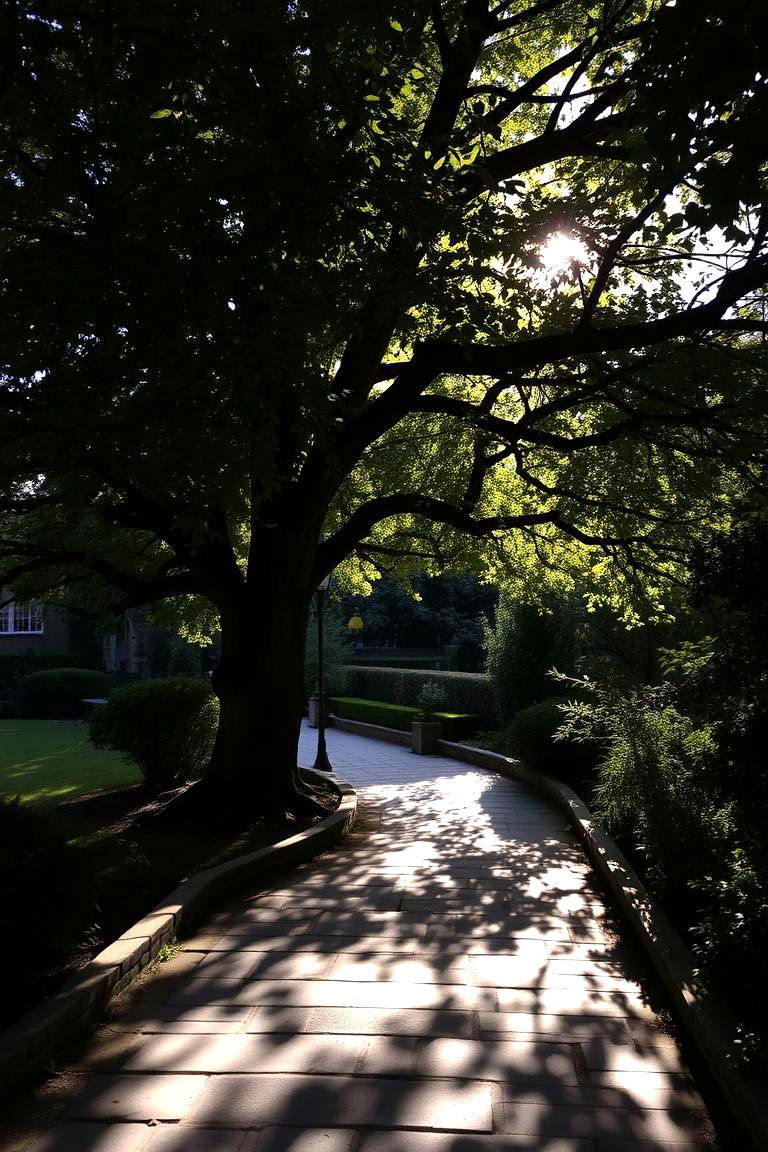
The interplay of light and shadow is crucial in creating the atmospheric mood of a Gothic garden. Consider how sunlight filters through trees and structures, casting intriguing shadows across pathways and plant life. Strategic placement of taller plants and architectural elements can enhance this effect, adding depth and visual dynamism to the garden as the day progresses.
14. Introduce Moss and Lichen
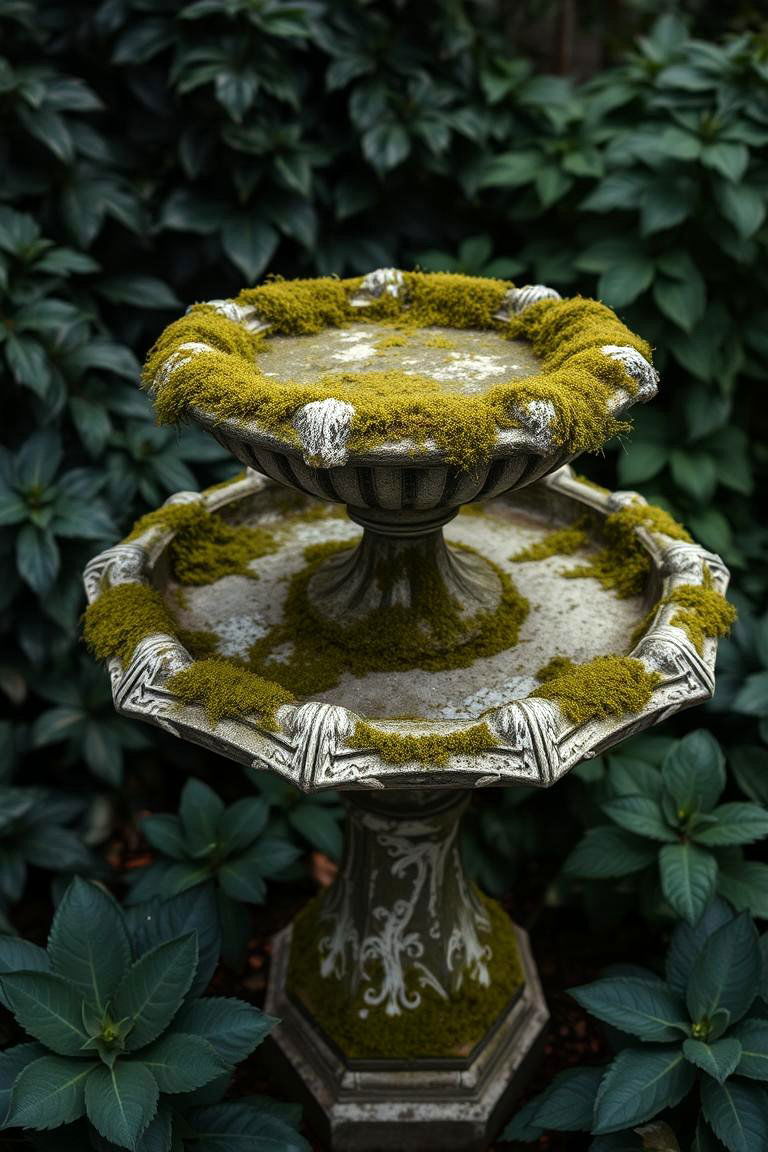
Embrace the natural aging process by encouraging the growth of moss and lichen on stone surfaces, statues, and even tree trunks. These natural elements add a sense of history and a slightly mysterious, almost forgotten feel to the garden. Moss and lichen thrive in damp, shaded environments, which are often characteristic of a well-designed Gothic garden.
15. Design a Moon Garden Section
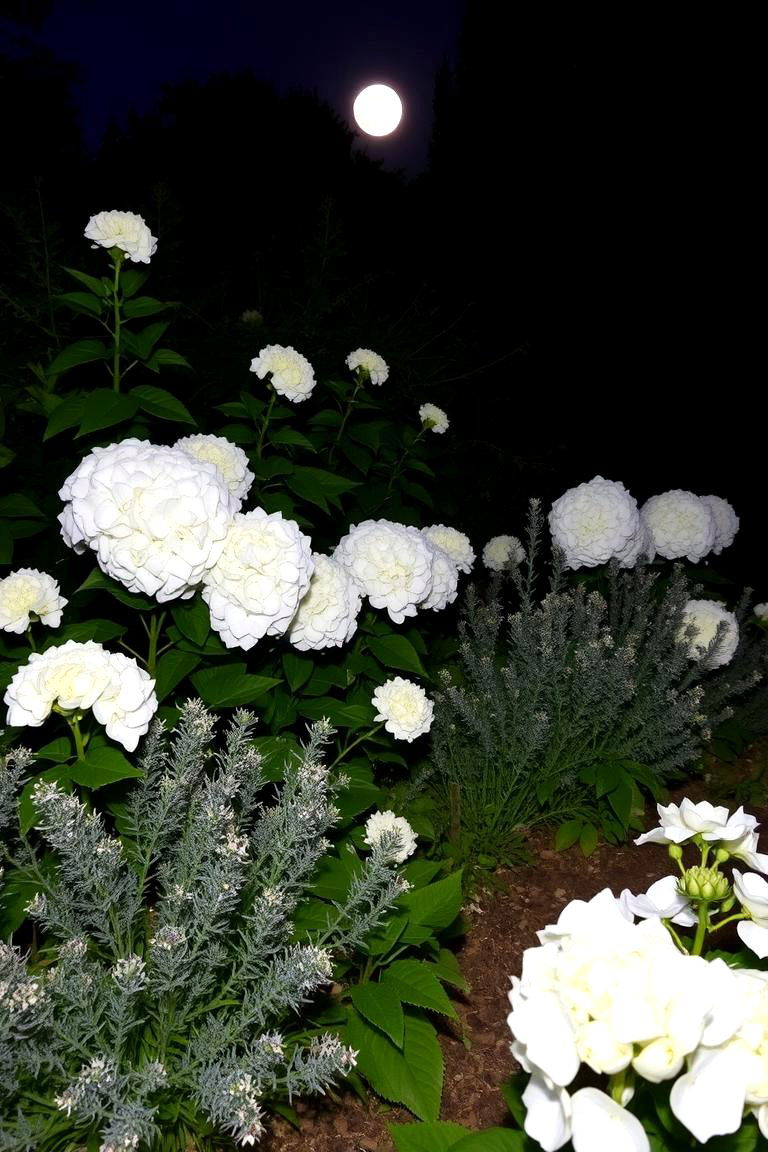
For a truly enchanting experience, consider creating a dedicated "moon garden" section featuring plants with white or silver foliage and blooms that are particularly fragrant in the evening. These plants reflect moonlight beautifully, creating a magical and ethereal atmosphere after dusk, perfectly complementing the darker aspects of the Gothic theme.
16. Incorporate Gargoyles and Grotesques
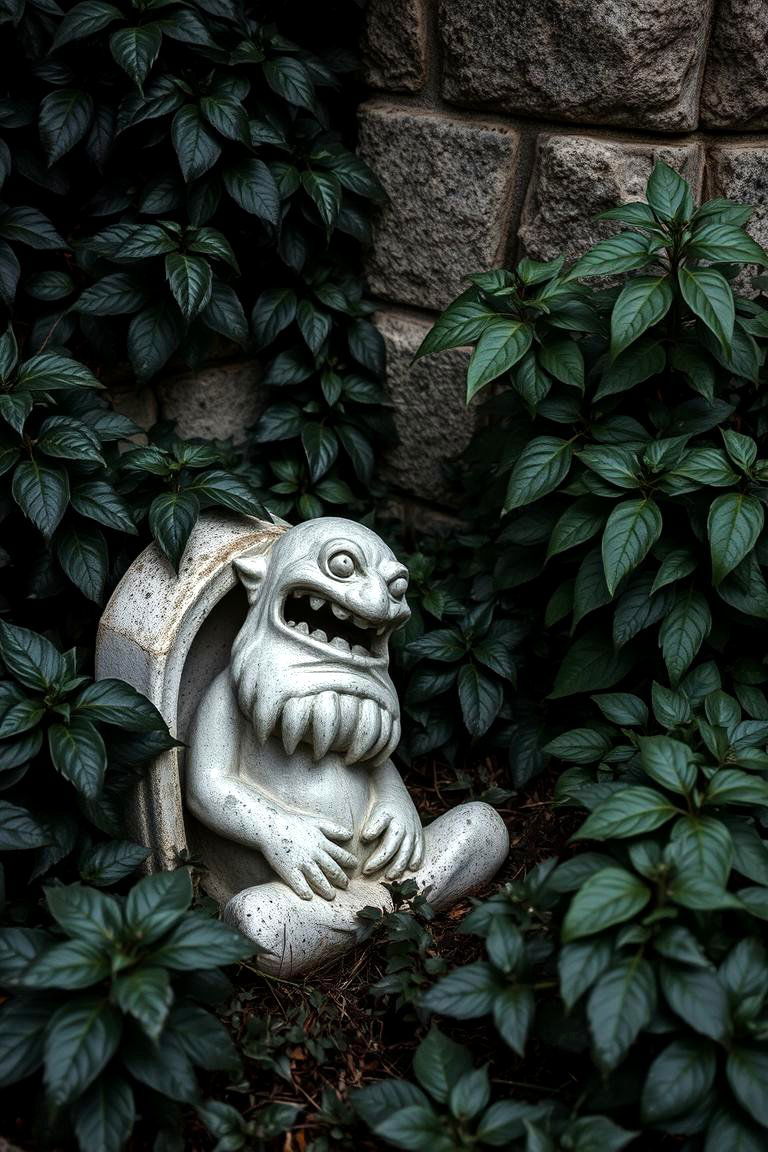
These iconic Gothic figures add a whimsical yet slightly eerie touch to the garden. Place them strategically on walls, fountains, or even nestled among the plants to create unexpected moments of visual interest and a sense of historical storytelling. Gargoyles and grotesques are instantly recognizable symbols of Gothic architecture and can significantly enhance the thematic feel of your garden.
17. Use Gravel or Dark Mulch
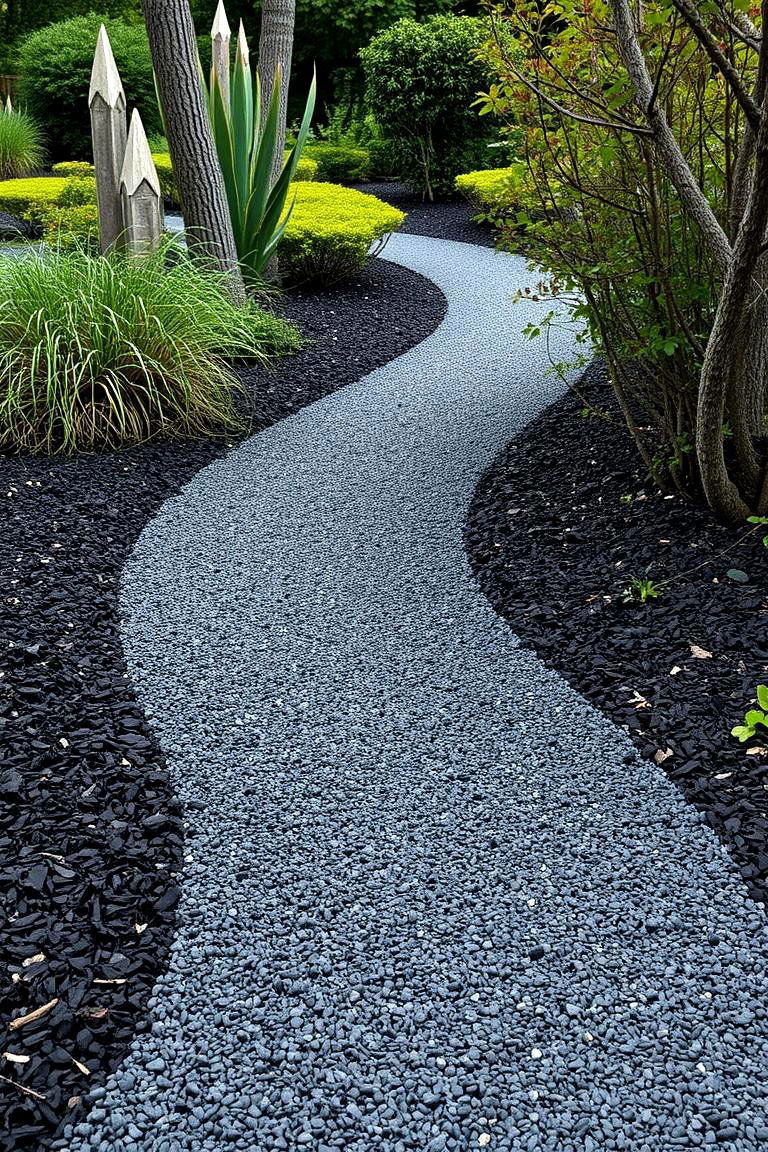
Instead of traditional light-colored mulch, opt for dark gravel or a dark-toned wood mulch to maintain the somber and sophisticated color palette of the Gothic garden. These materials not only suppress weeds and retain moisture but also contribute to the overall aesthetic, providing a cohesive and visually appealing ground cover that complements the darker plants and features.
18. Feature Decaying Wood Elements
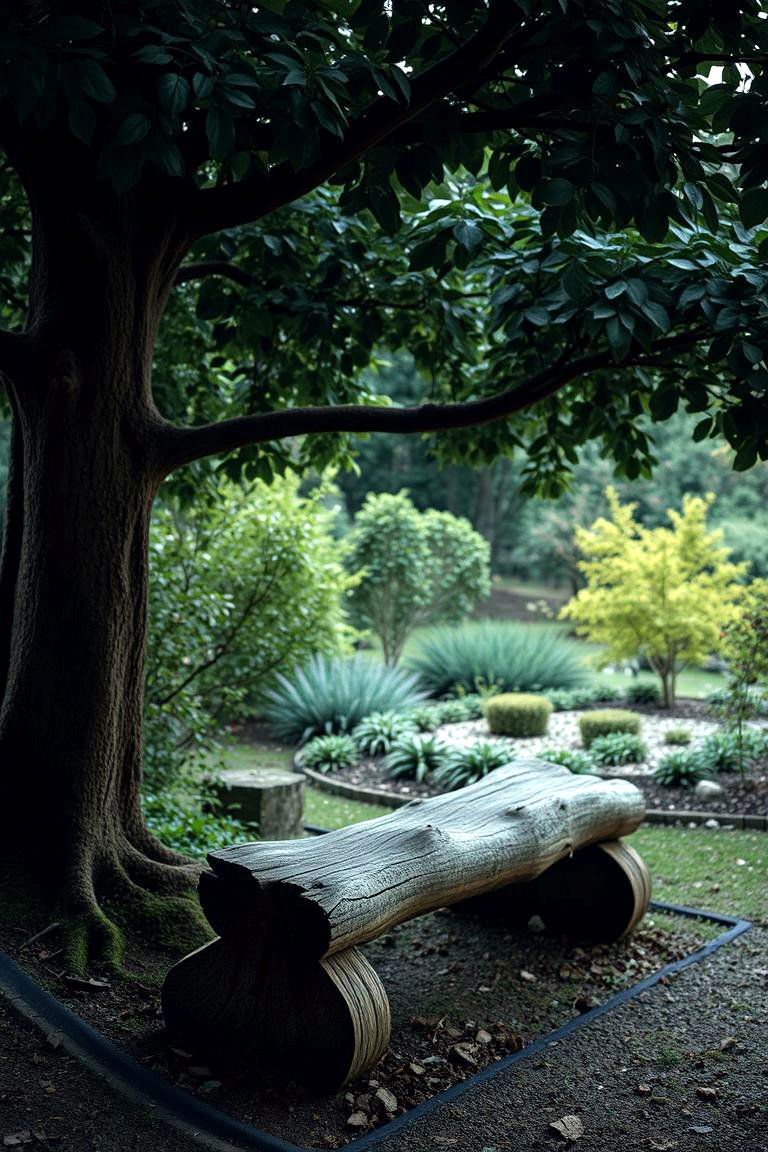
Incorporating elements of decaying wood, such as weathered logs used as edging or rustic wooden benches, can add a touch of natural decay and further enhance the aged and slightly melancholic atmosphere of a Gothic garden. This embraces the beauty of imperfection and the passage of time, which are often themes explored in Gothic art and literature.
19. Create a Sense of Mystery with Pathways
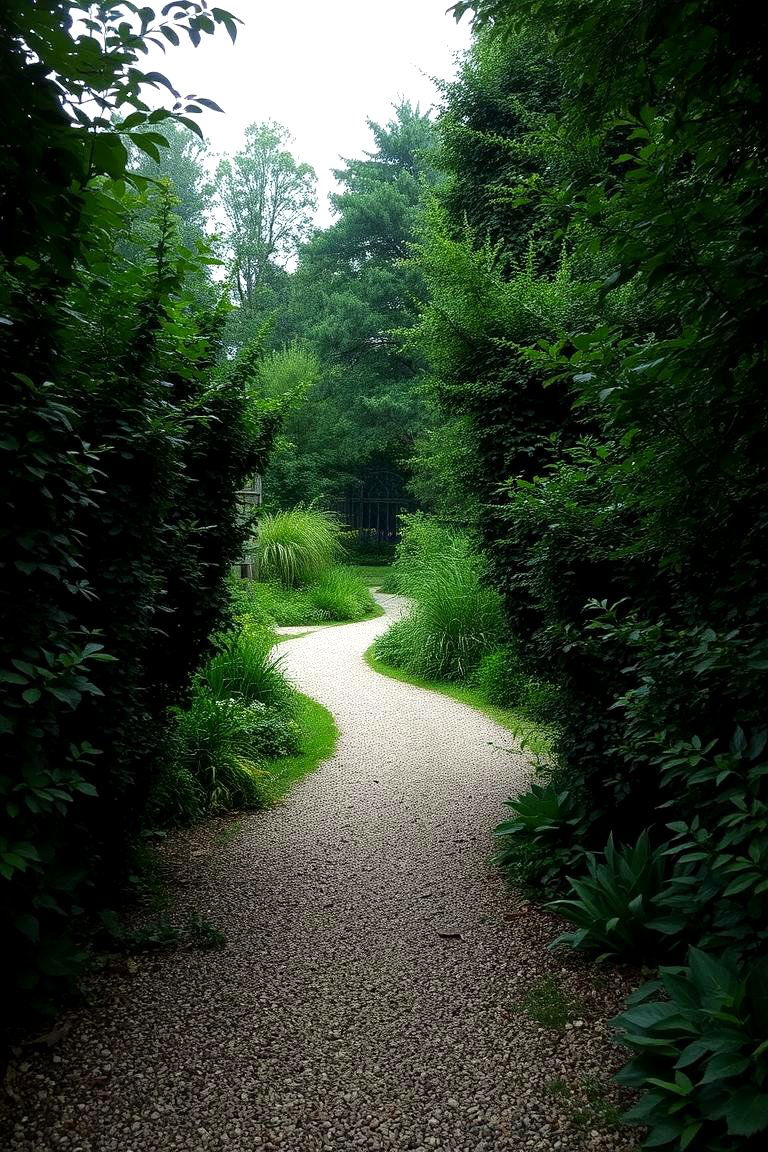
Design winding pathways that partially disappear behind lush foliage or stone features, creating a sense of mystery and encouraging exploration. The anticipation of what lies around the next bend adds to the intrigue and makes the garden feel larger and more immersive. Use natural materials like gravel or stepping stones for an authentic feel.
20. Plant Herbs with Symbolic Meanings
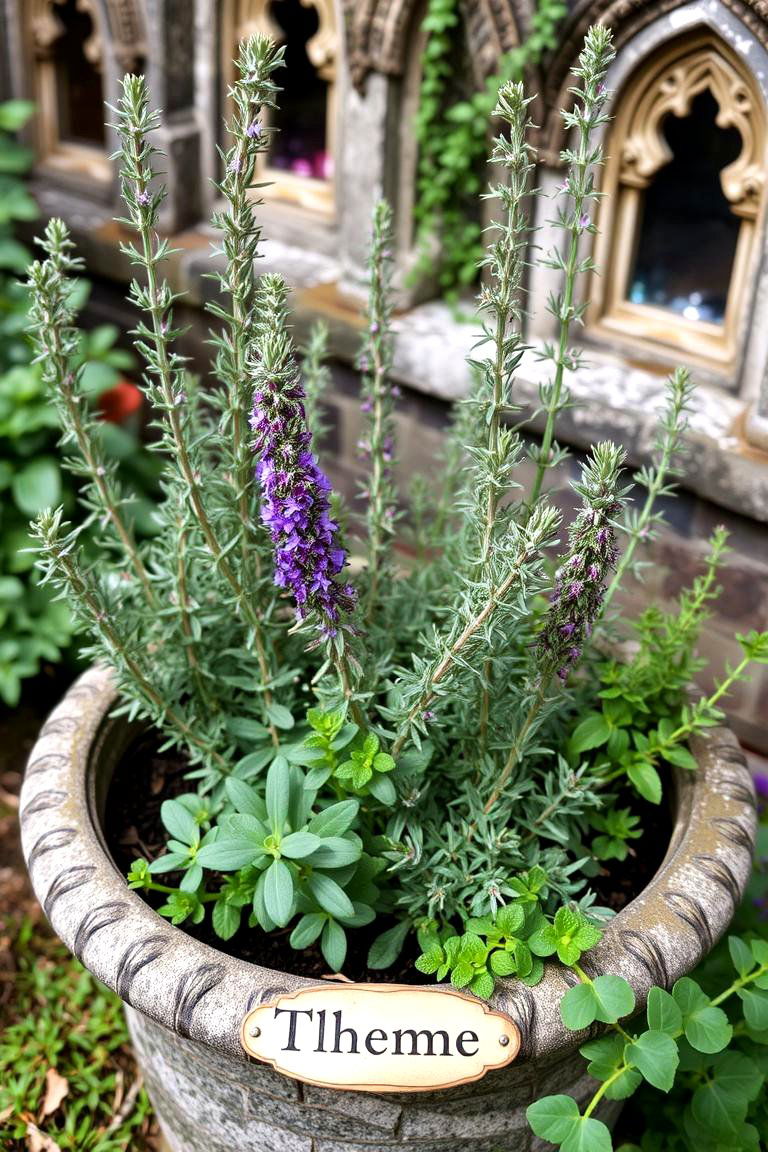
Consider incorporating herbs that have historical or symbolic associations with themes of mystery, protection, or remembrance, often found in Gothic lore. Rosemary for remembrance, sage for wisdom, and thyme for courage are just a few examples. These additions can add a subtle layer of depth and meaning to your Gothic garden.
21. Utilize Dramatic Lighting
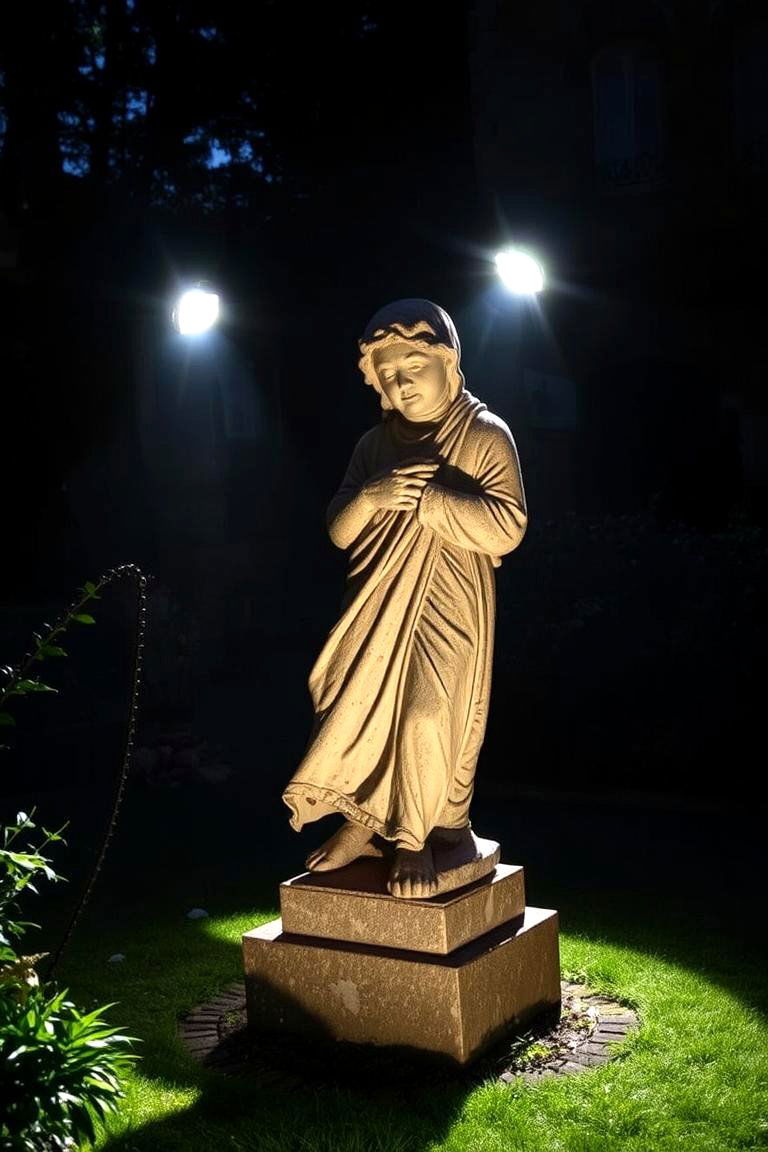
As dusk falls, carefully placed lighting can dramatically transform your Gothic garden. Consider using low-voltage spotlights to highlight key features like statues or architectural elements. Lanterns or flickering candle-style lights can add a romantic and slightly eerie ambiance, enhancing the garden's mysterious charm after dark.
22. Incorporate Antique Garden Tools
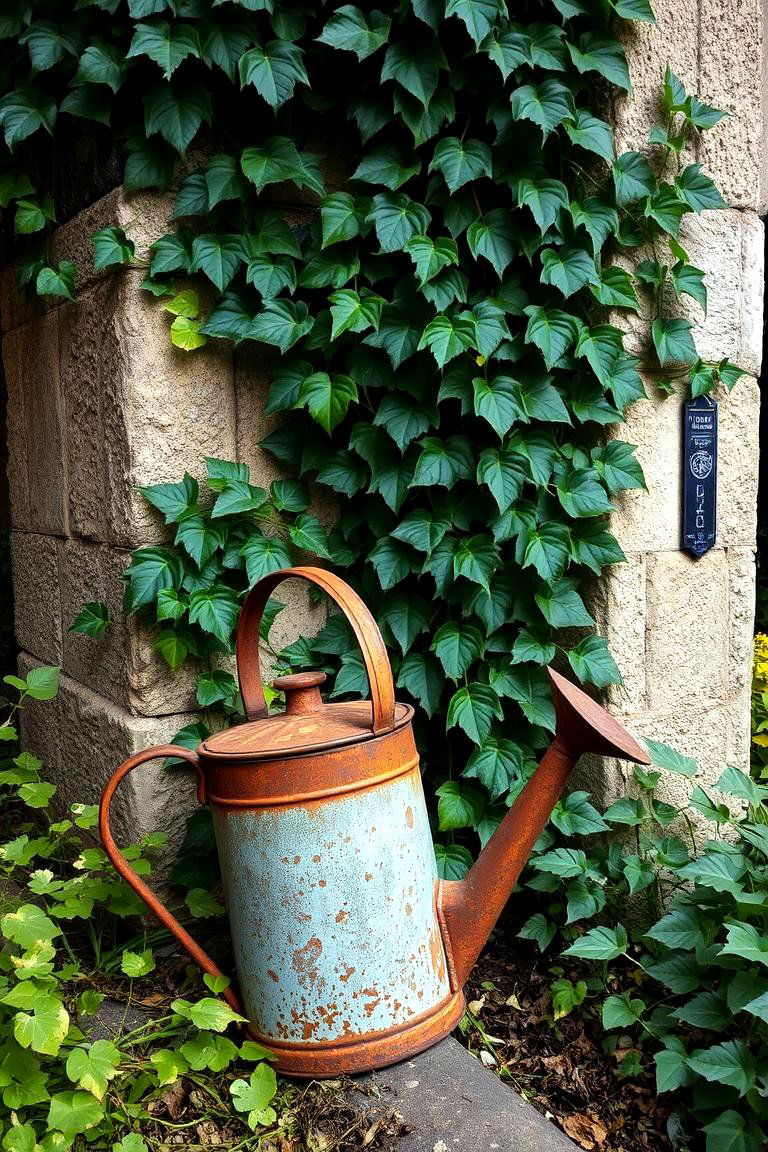
Displaying antique garden tools, such as rusty watering cans, old shovels, or vintage hand forks, can add a touch of nostalgic charm and further enhance the historical feel of your Gothic garden. Arrange them artfully against a wall or incorporate them into a decorative display among the plants.
23. Design a Contemplative Space
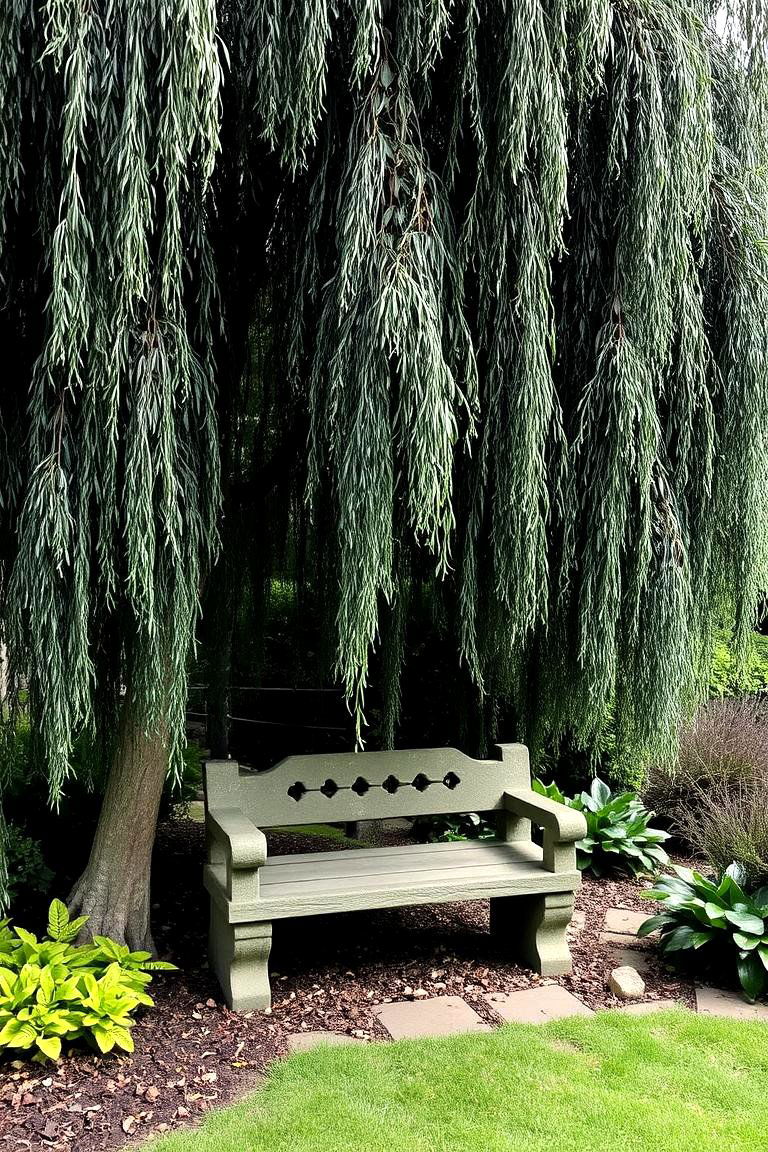
Ensure your Gothic garden includes a dedicated space for quiet contemplation. This could be a secluded bench nestled beneath a canopy of dark foliage or a small, enclosed area with a comfortable seat. The goal is to create a peaceful retreat where you can immerse yourself in the garden's unique atmosphere and find solace.
24. Embrace Imperfection and Wildness
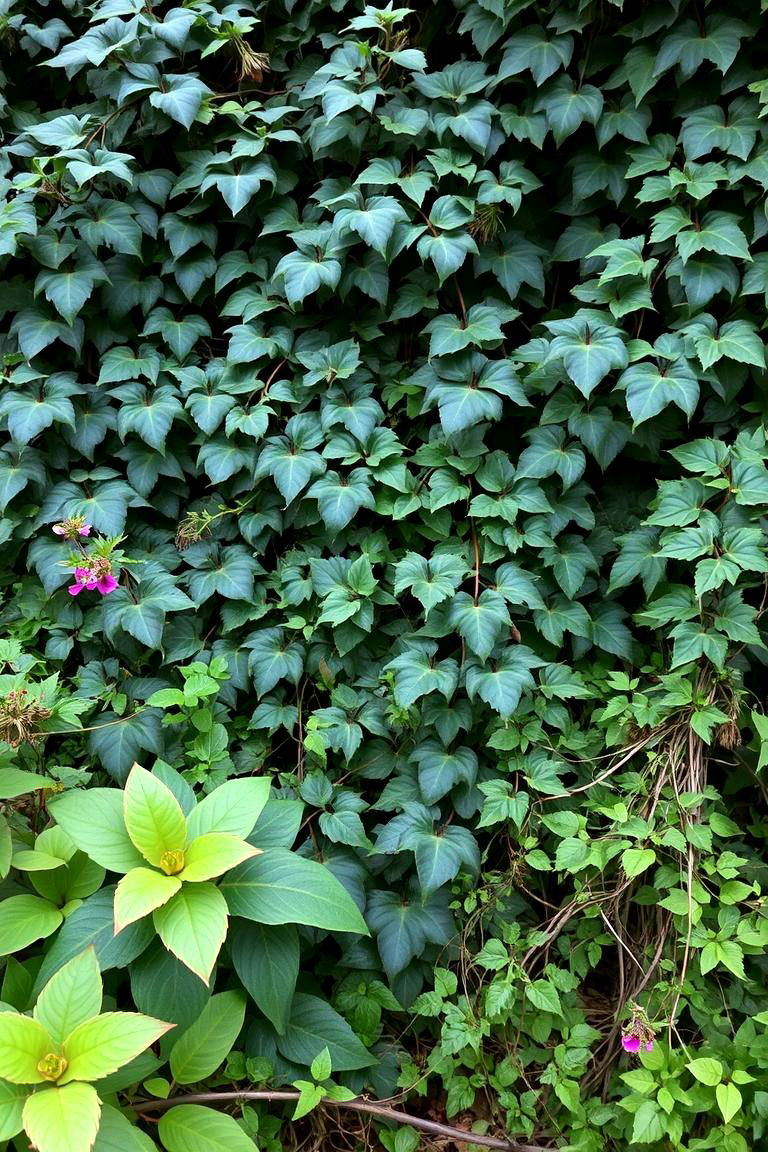
Finally, remember that a truly authentic Gothic garden often embraces a degree of wildness and imperfection. Allow plants to self-seed, let vines ramble a bit, and don't strive for absolute symmetry. This natural, slightly untamed quality contributes to the garden's mysterious and enchanting character, making it feel like a place where nature and history intertwine.
Conclusion:
Exploring the realm of Gothic garden design reveals a captivating blend of dramatic aesthetics and serene natural elements. From the allure of dark foliage and the timeless presence of stone to the intricate details of wrought iron and the mystery of hidden spaces, each of these 24 Gothic Garden Ideas offers a unique pathway to creating an outdoor sanctuary that resonates with a sense of history, romance, and intrigue. By thoughtfully incorporating these elements, you can transform your garden into a truly evocative and personal haven, a testament to the enduring appeal of the Gothic spirit.


